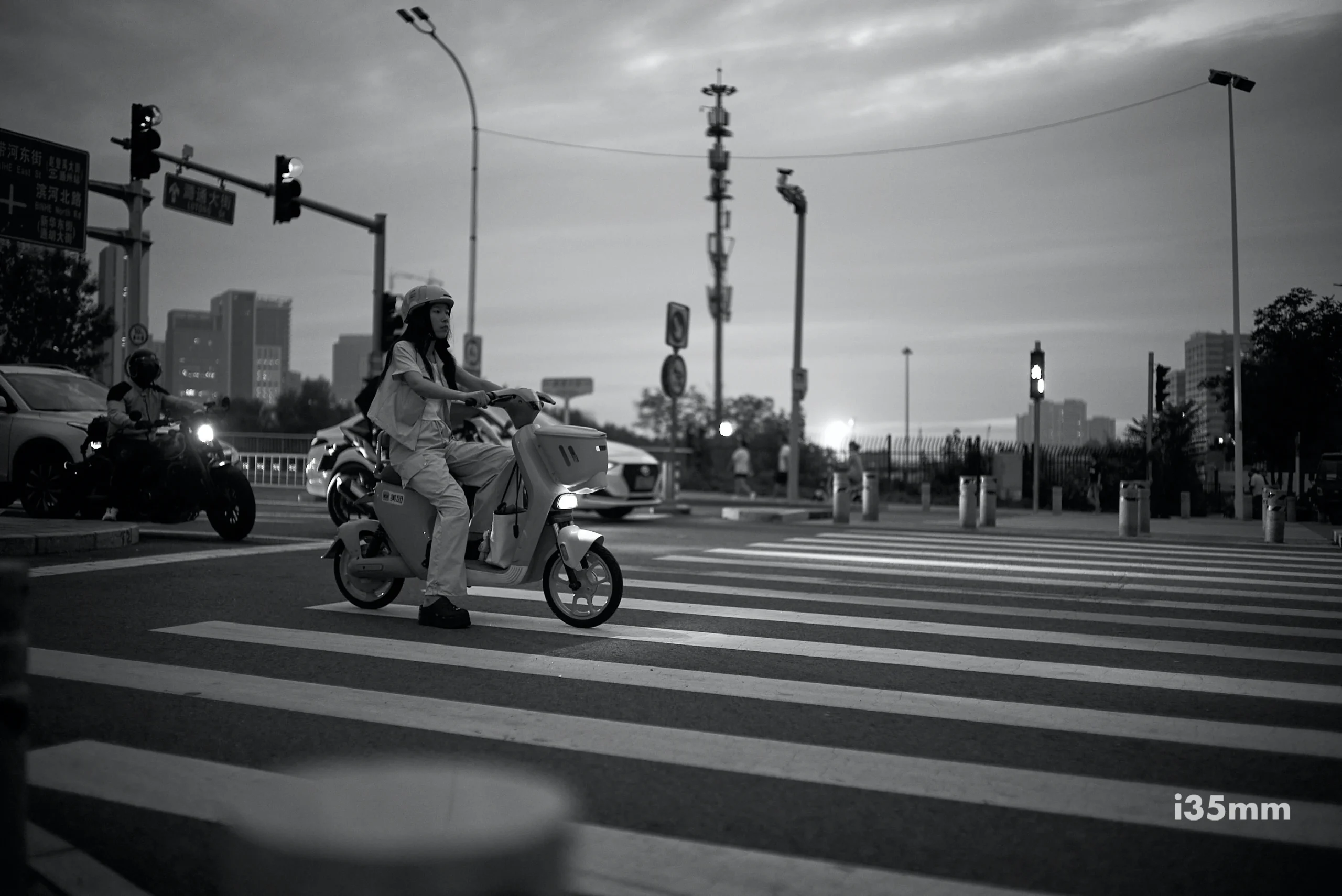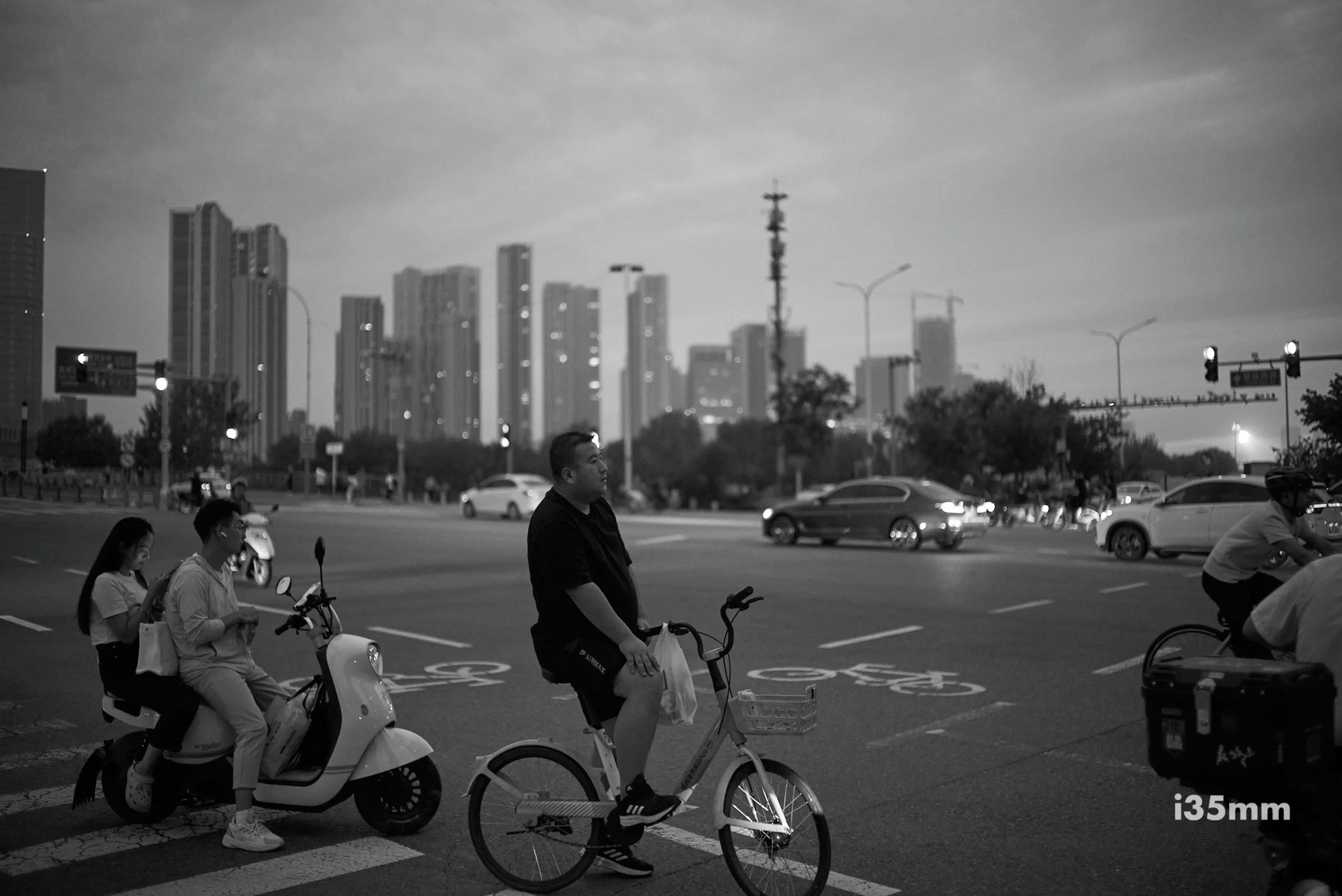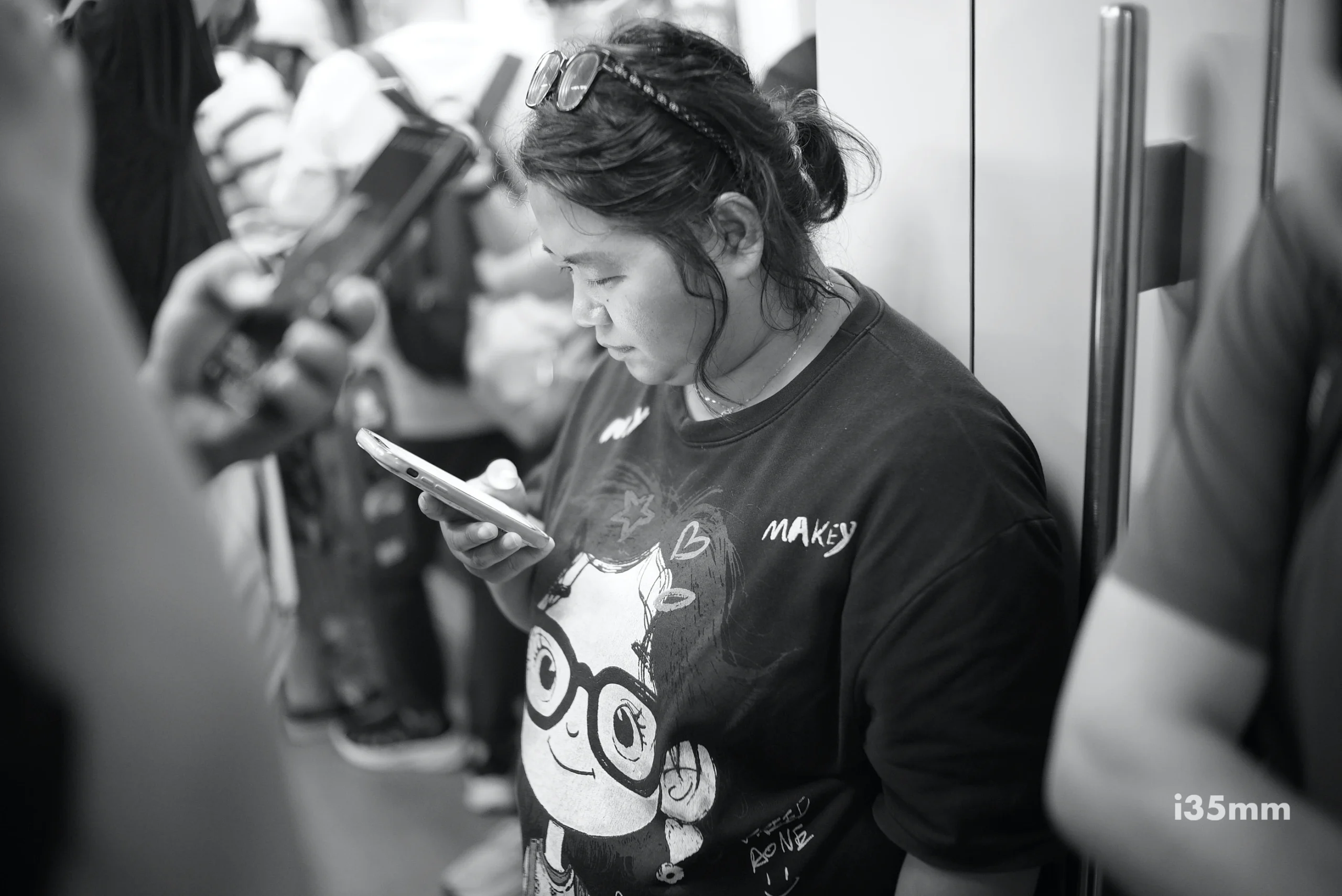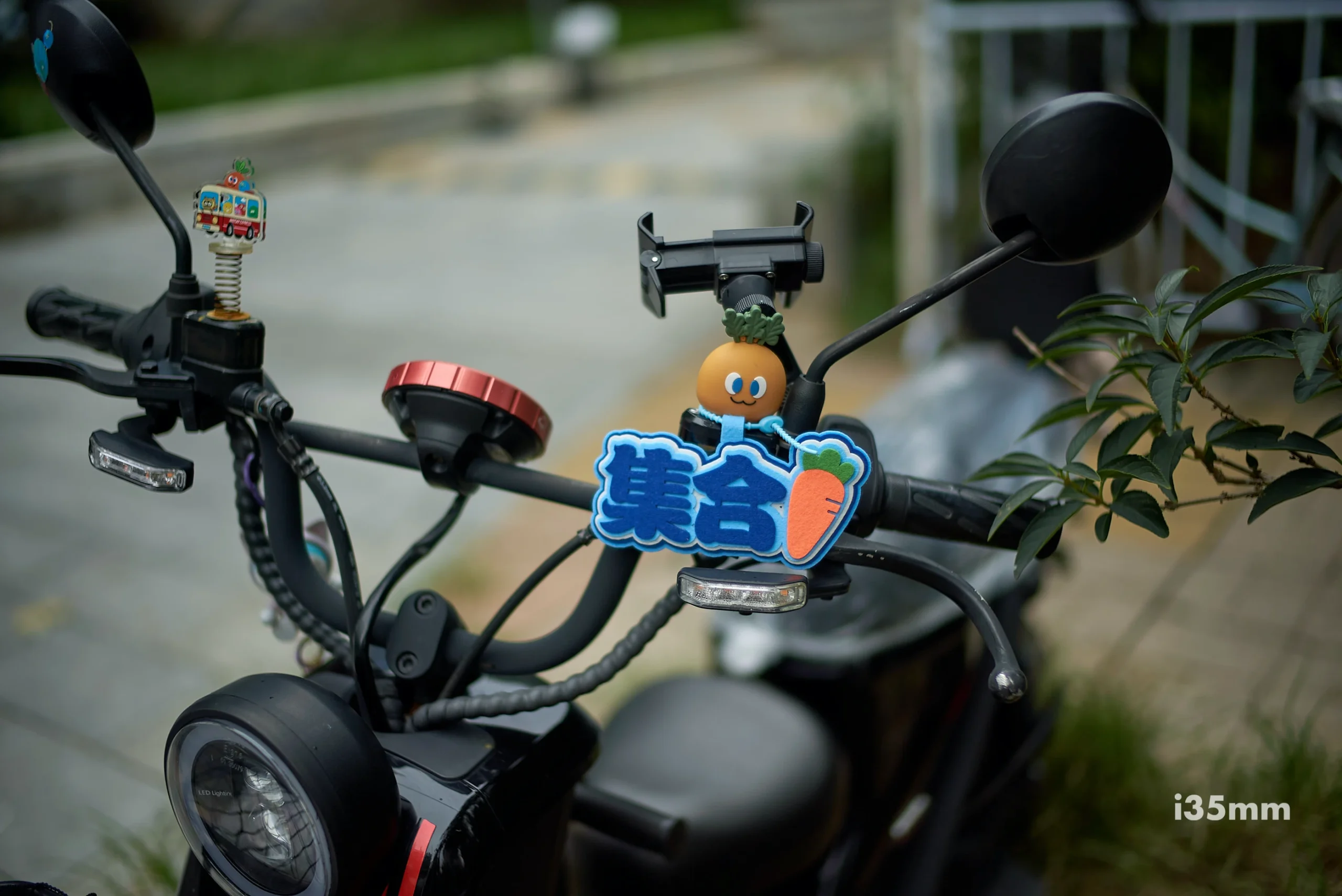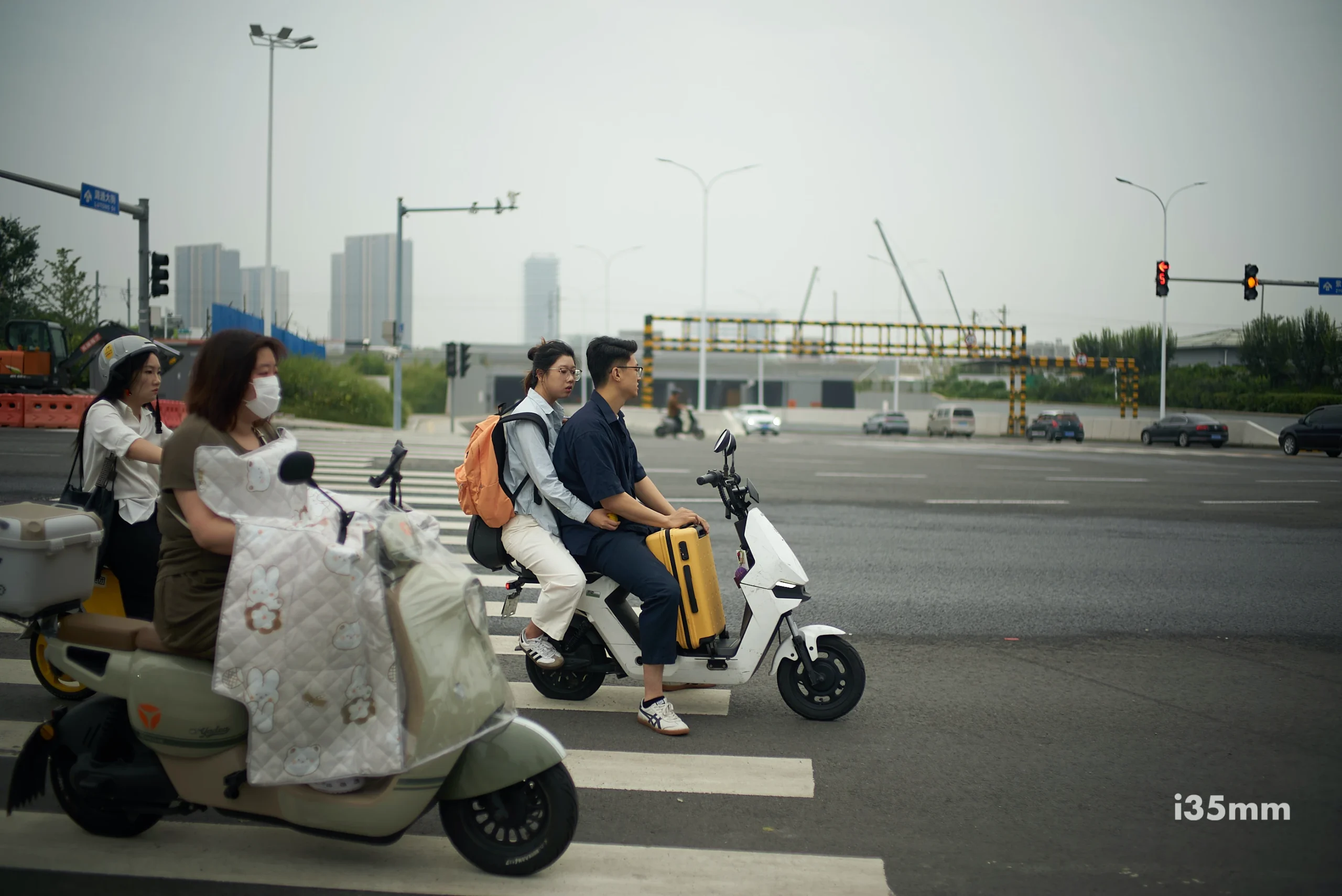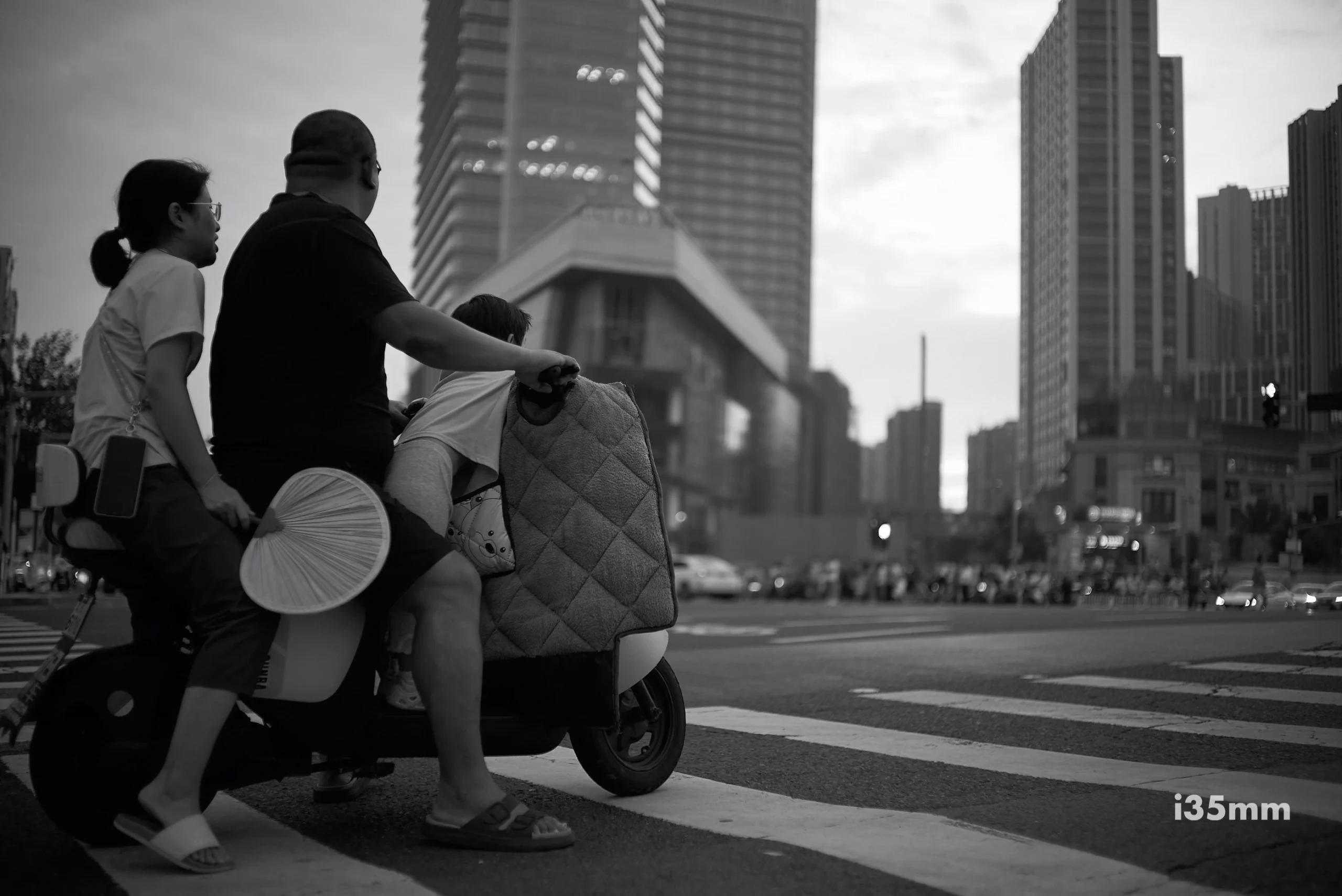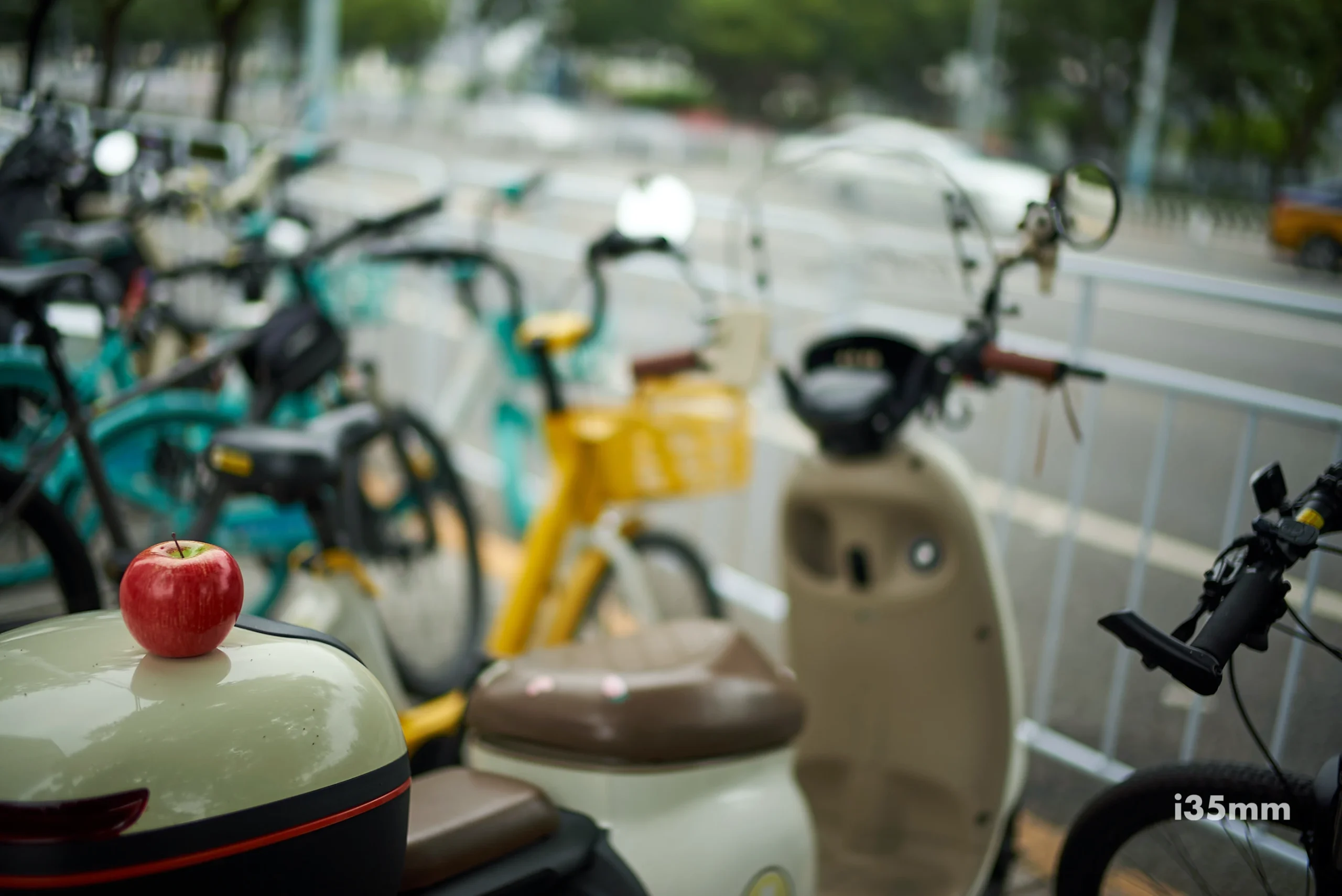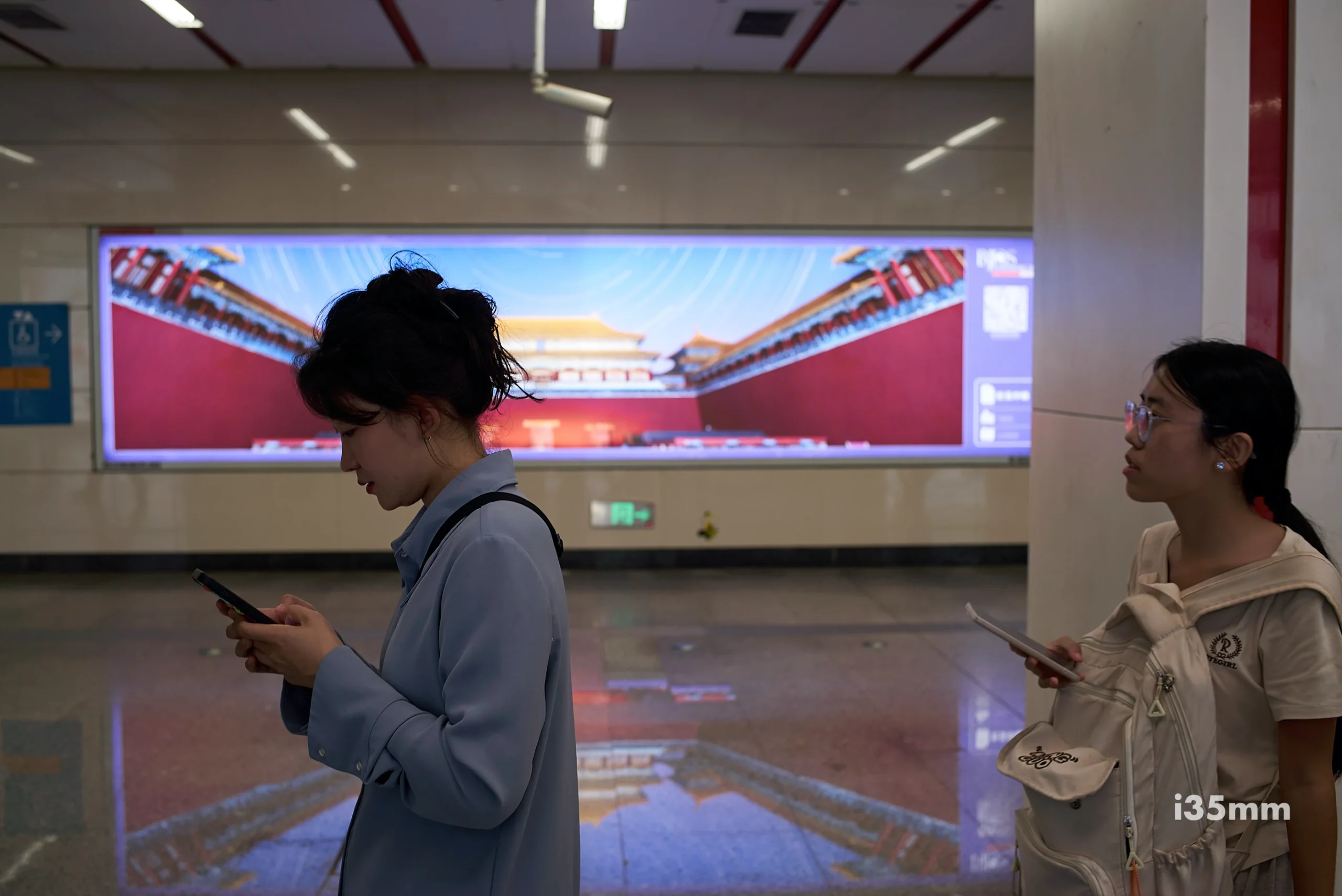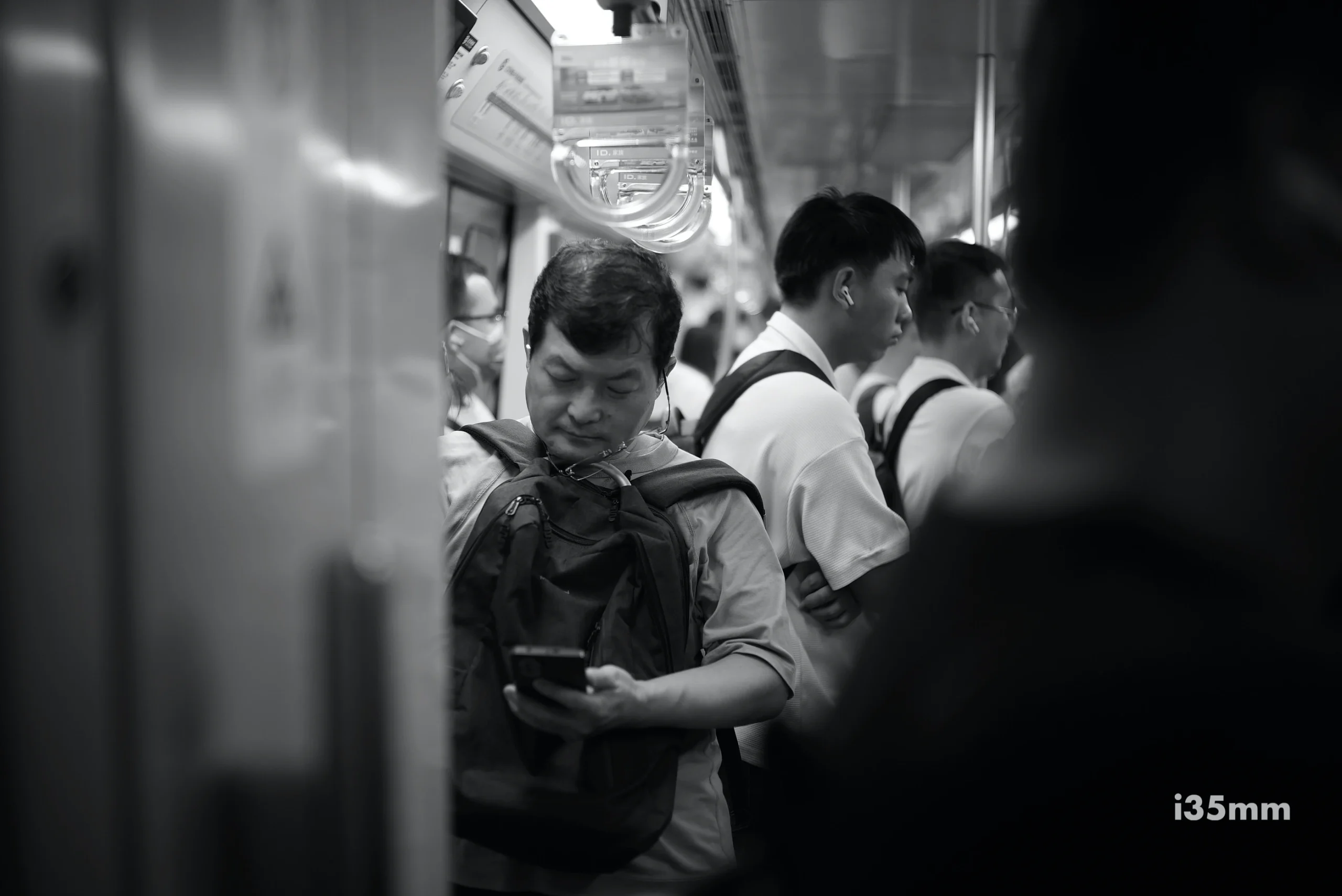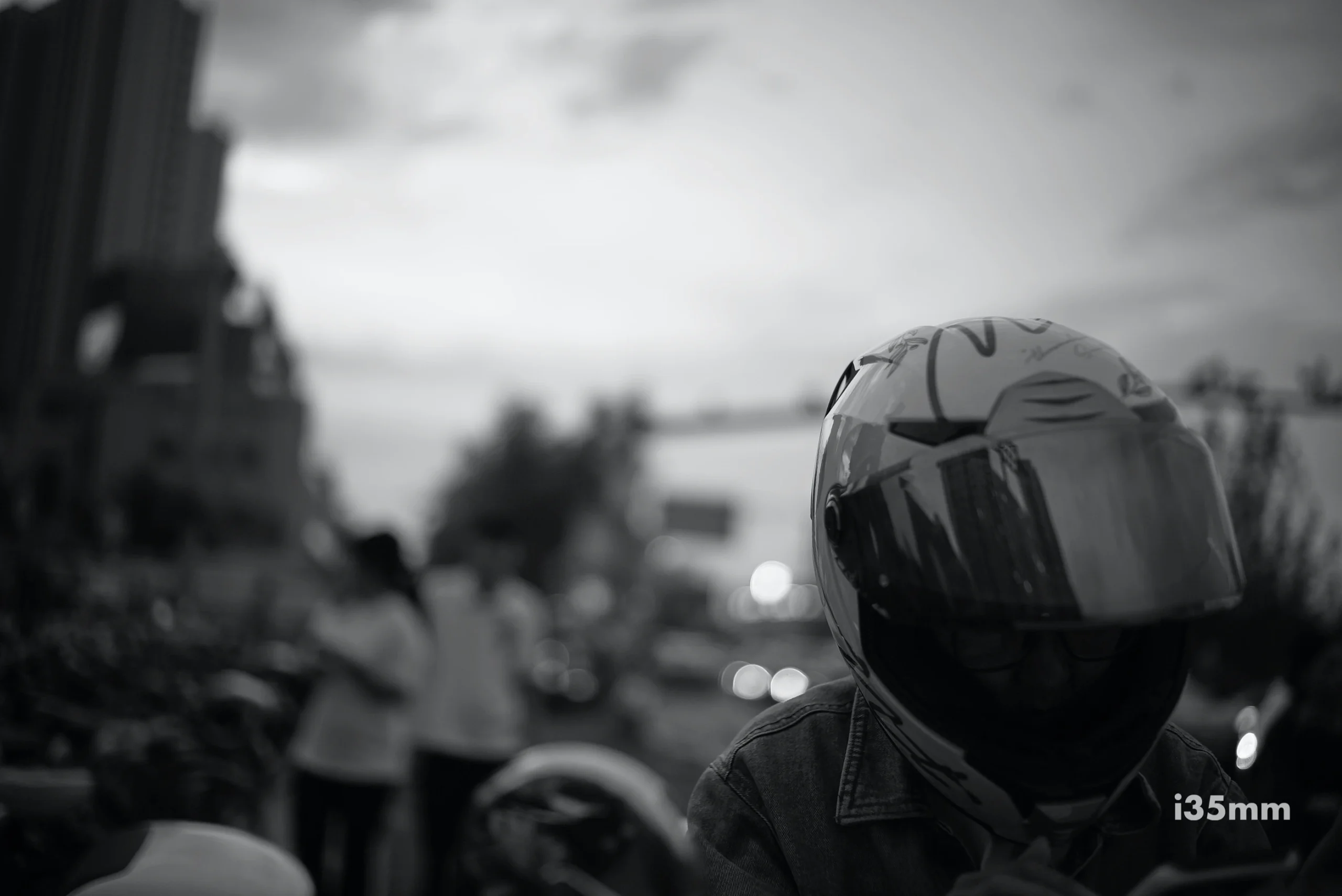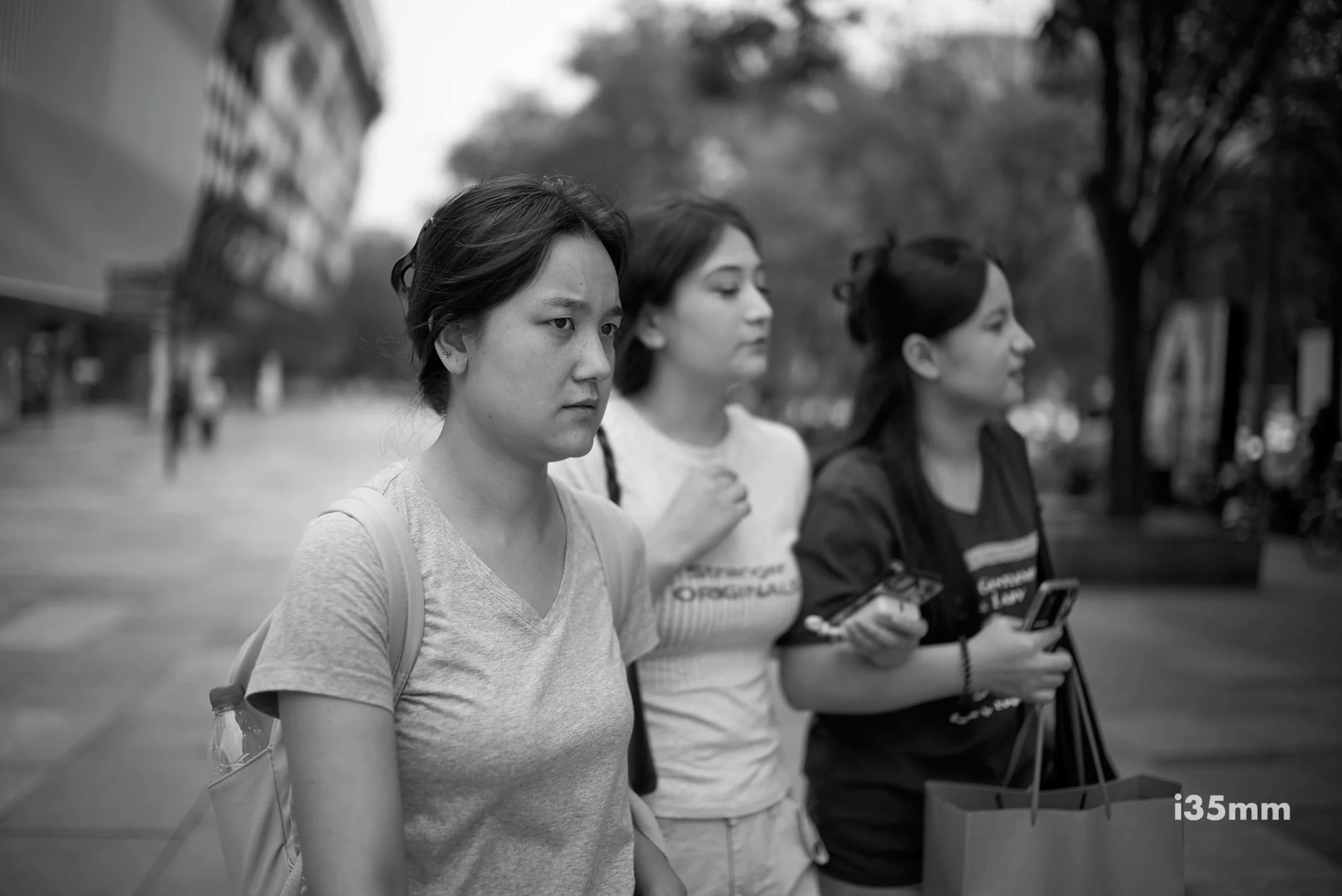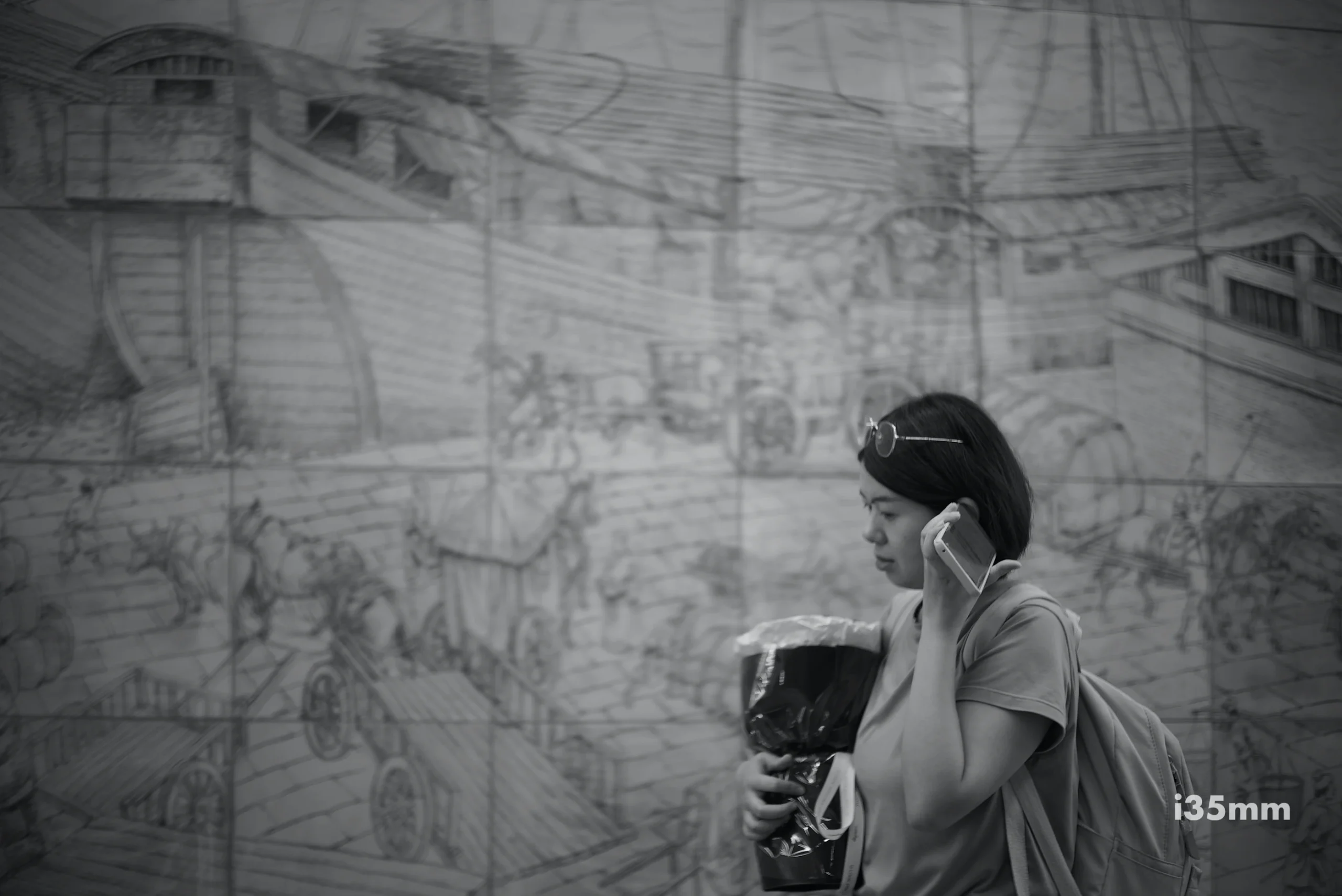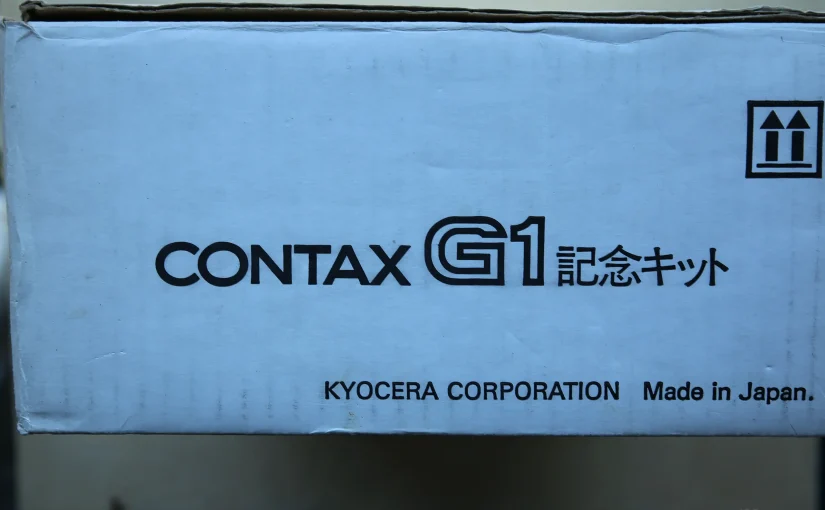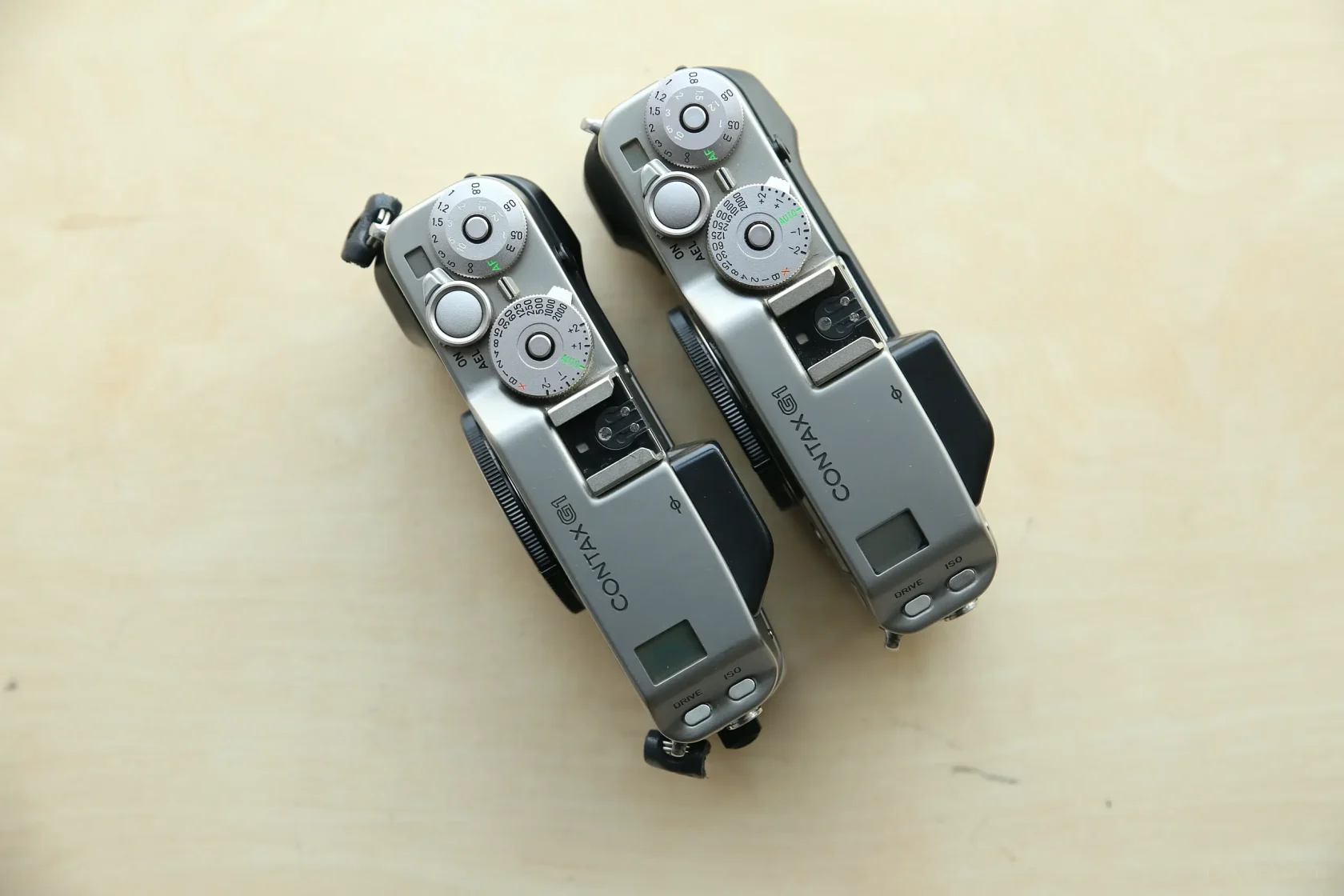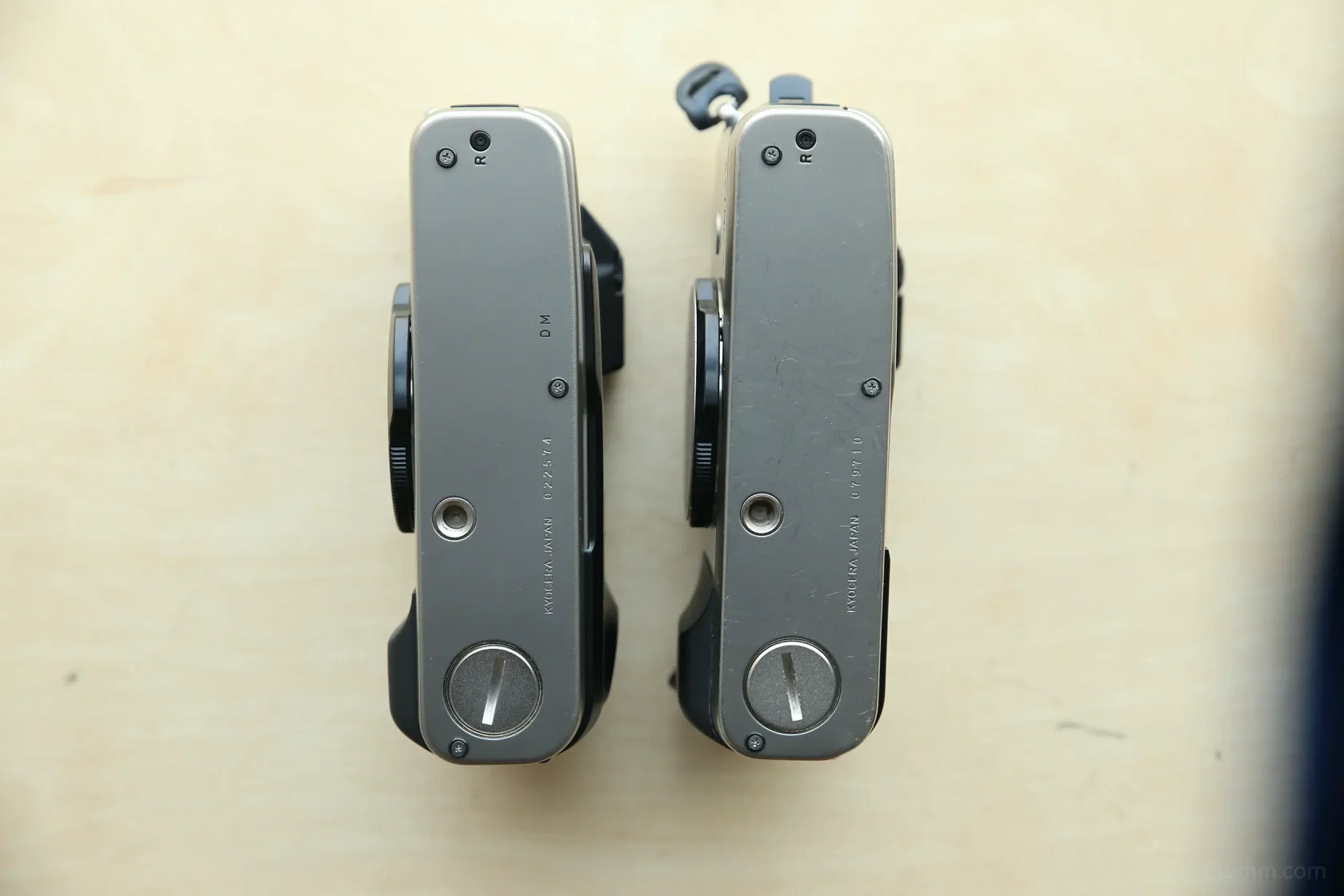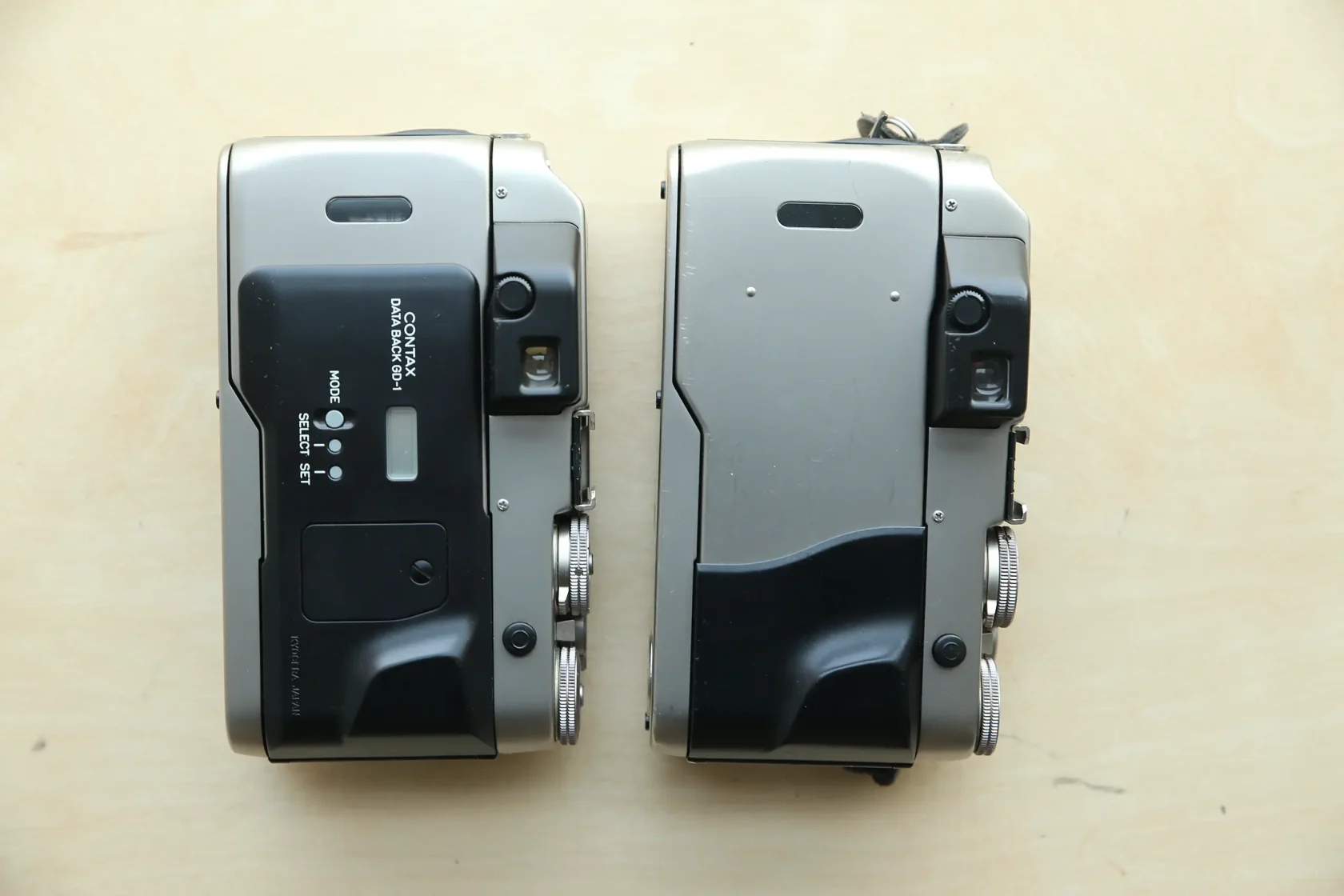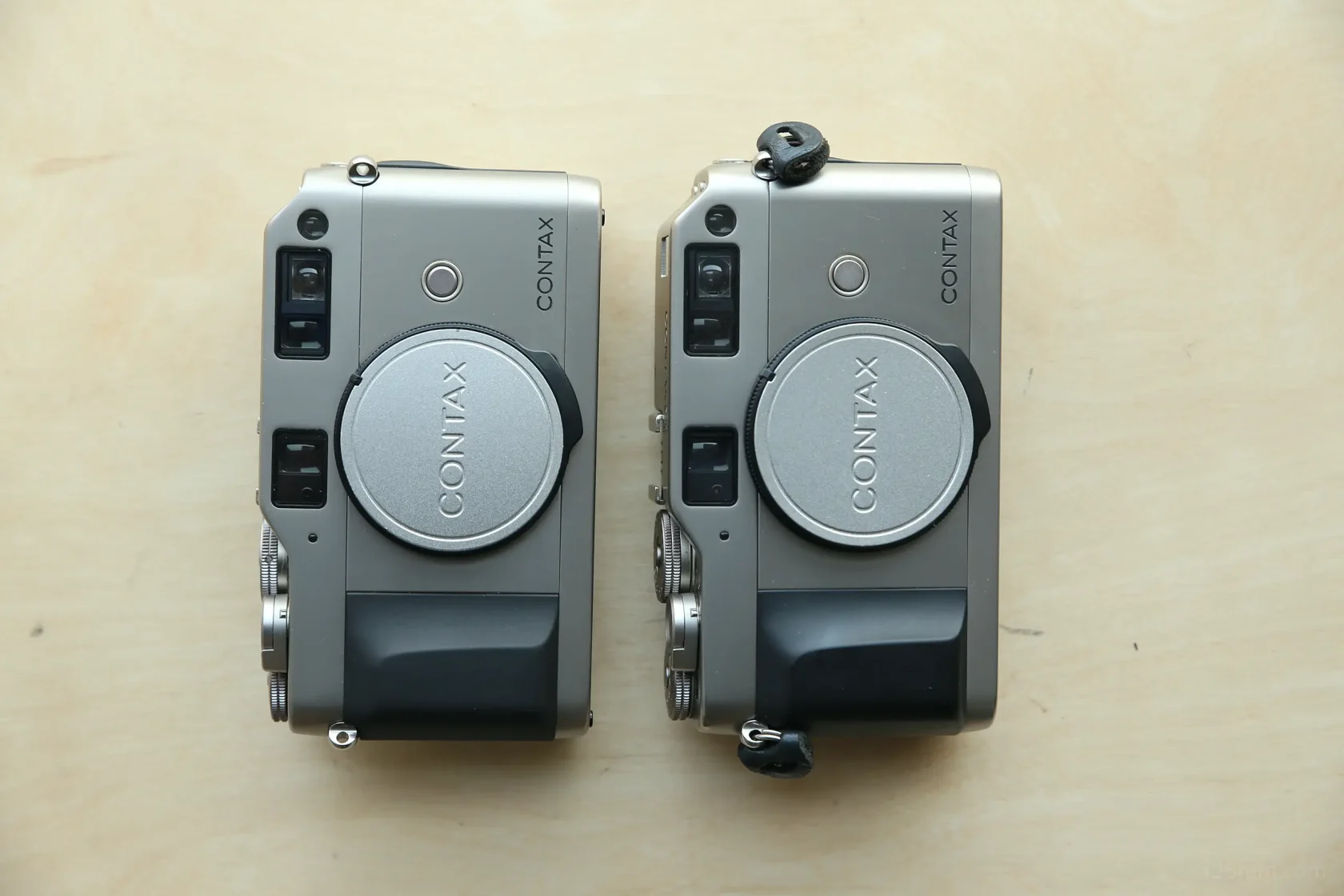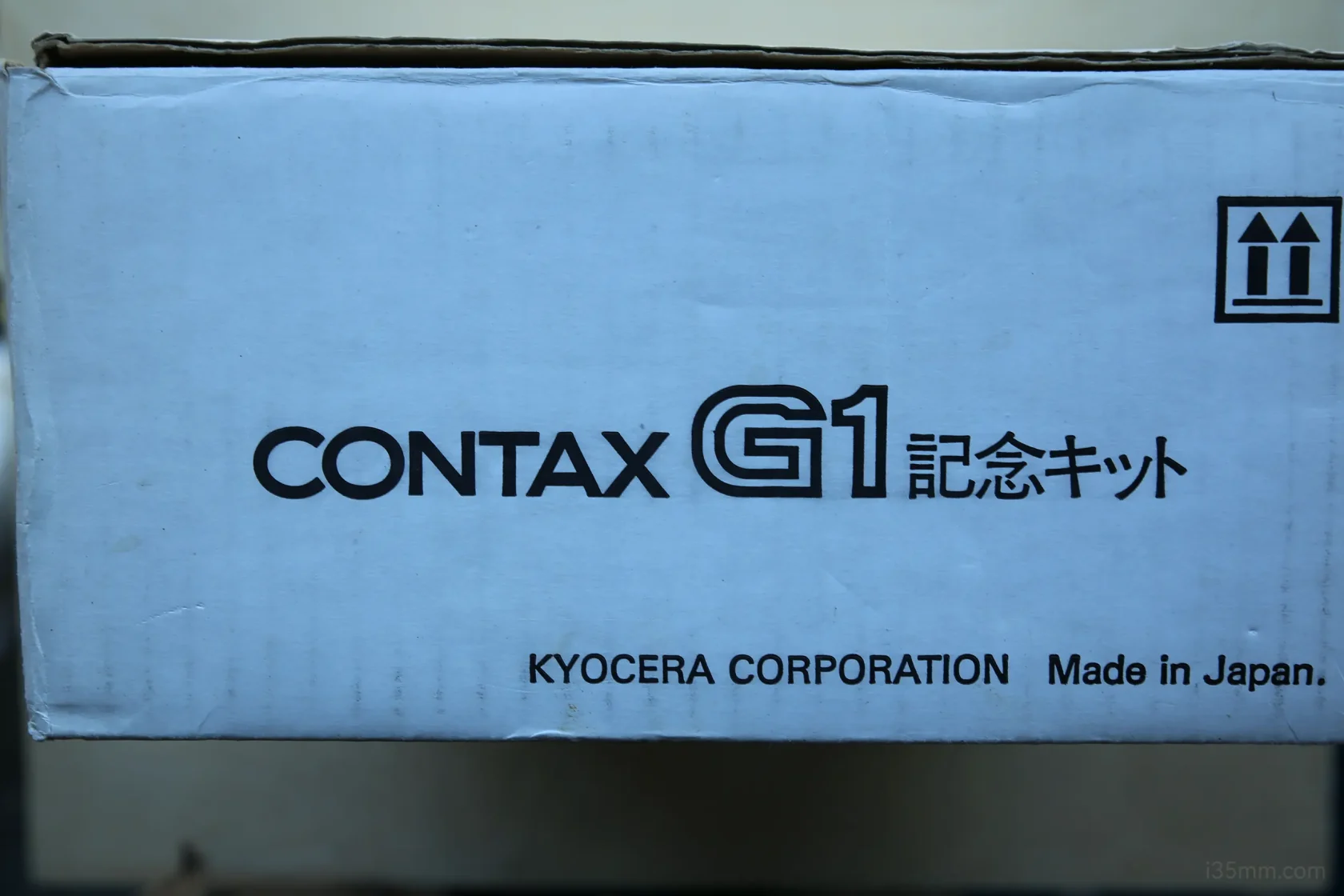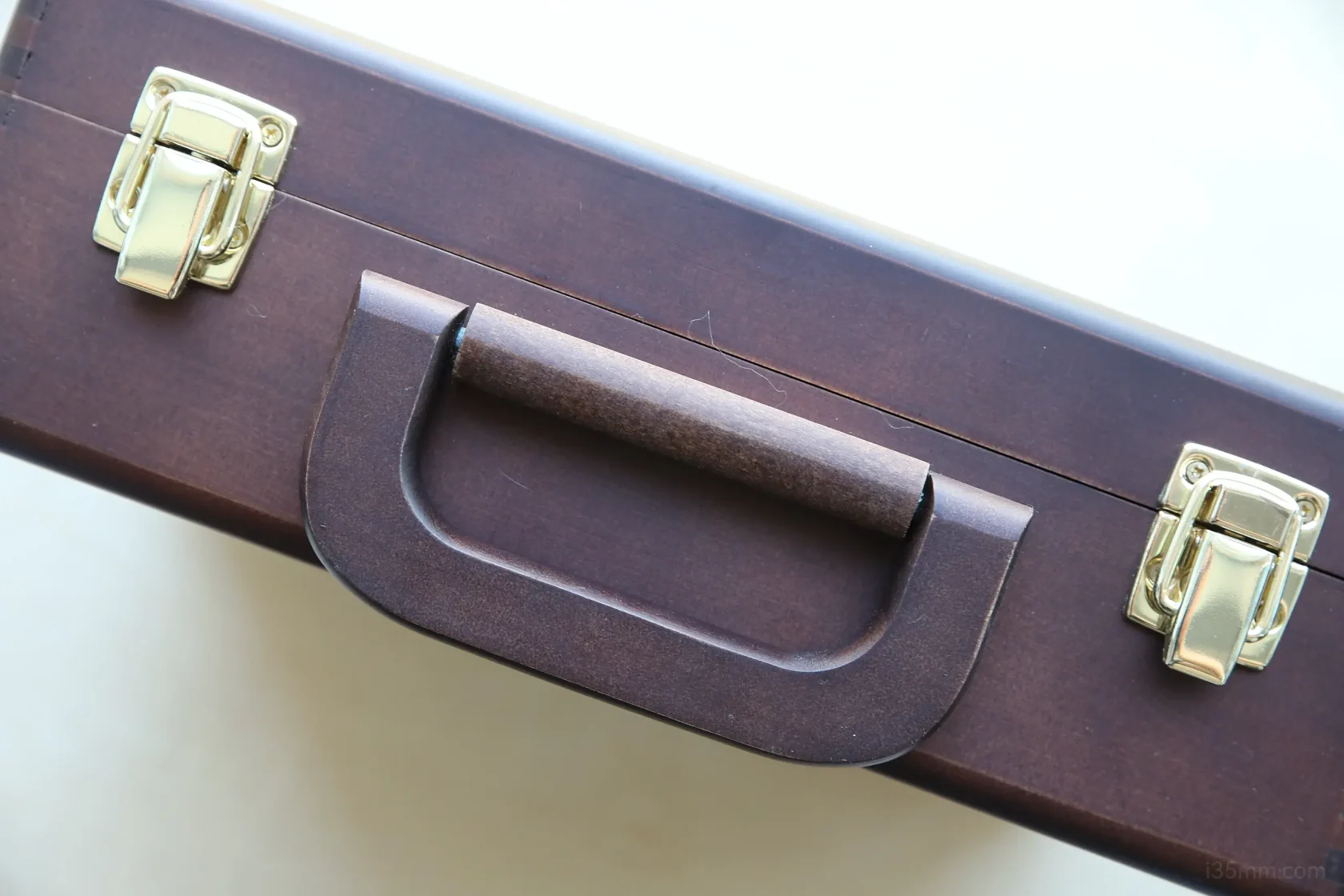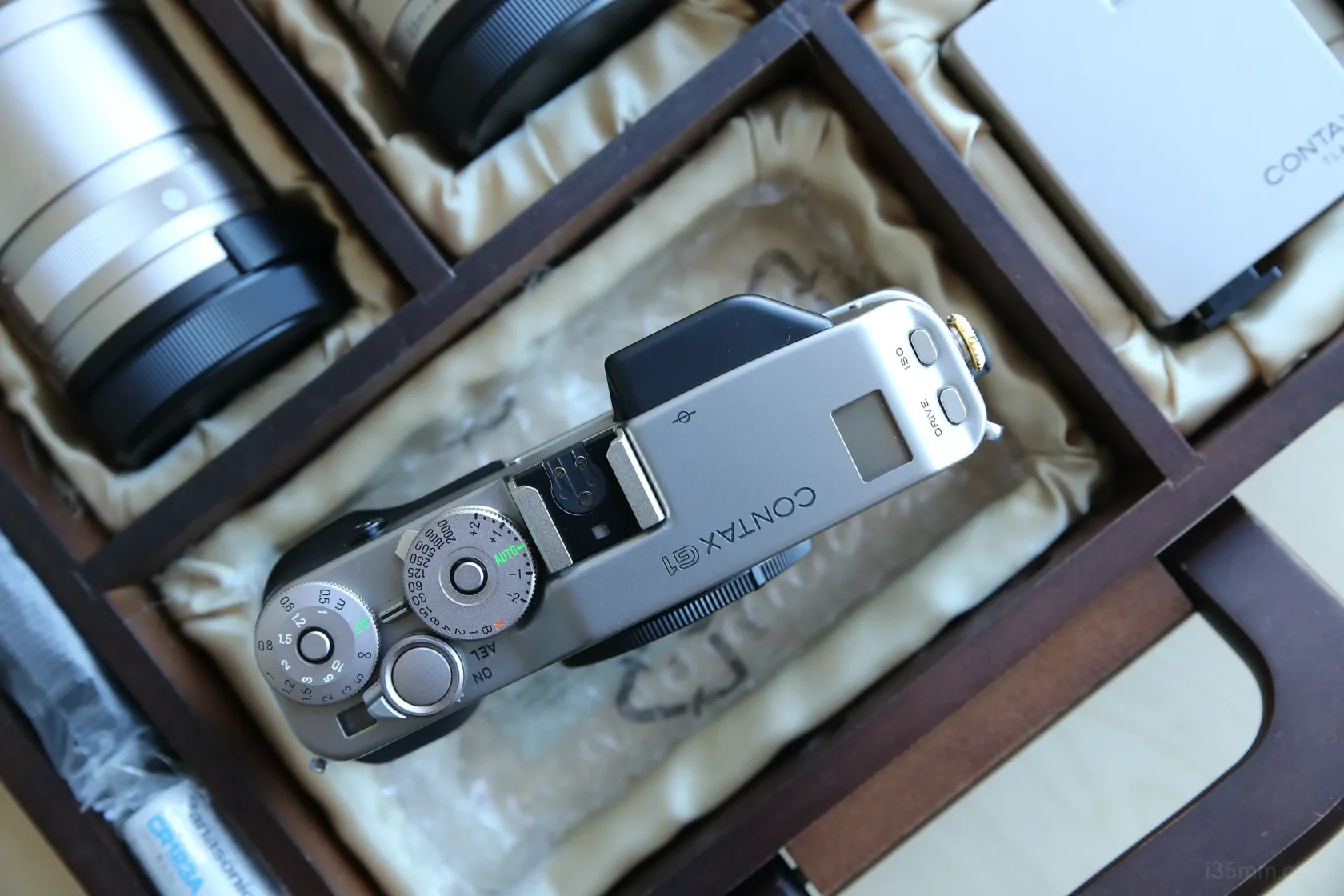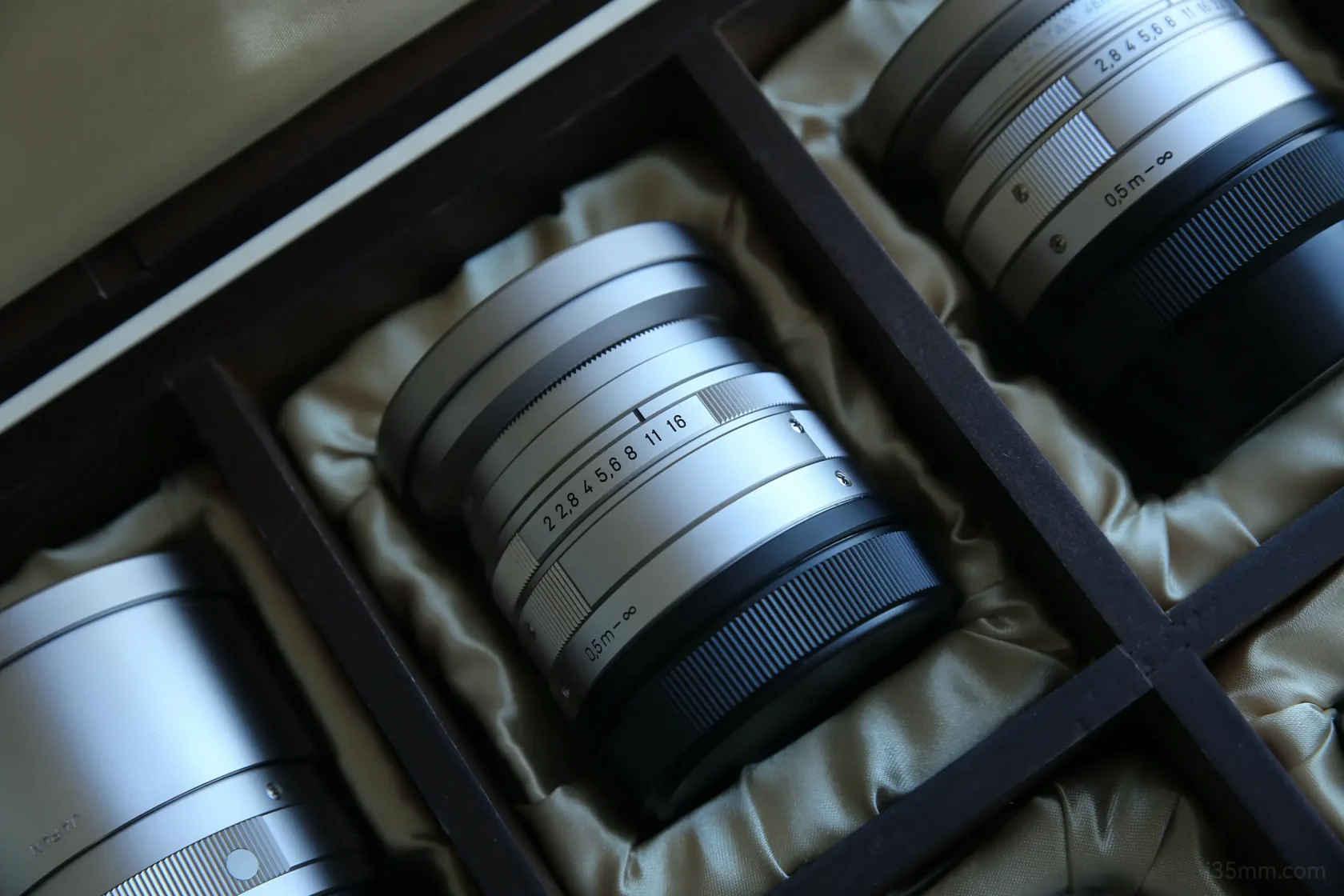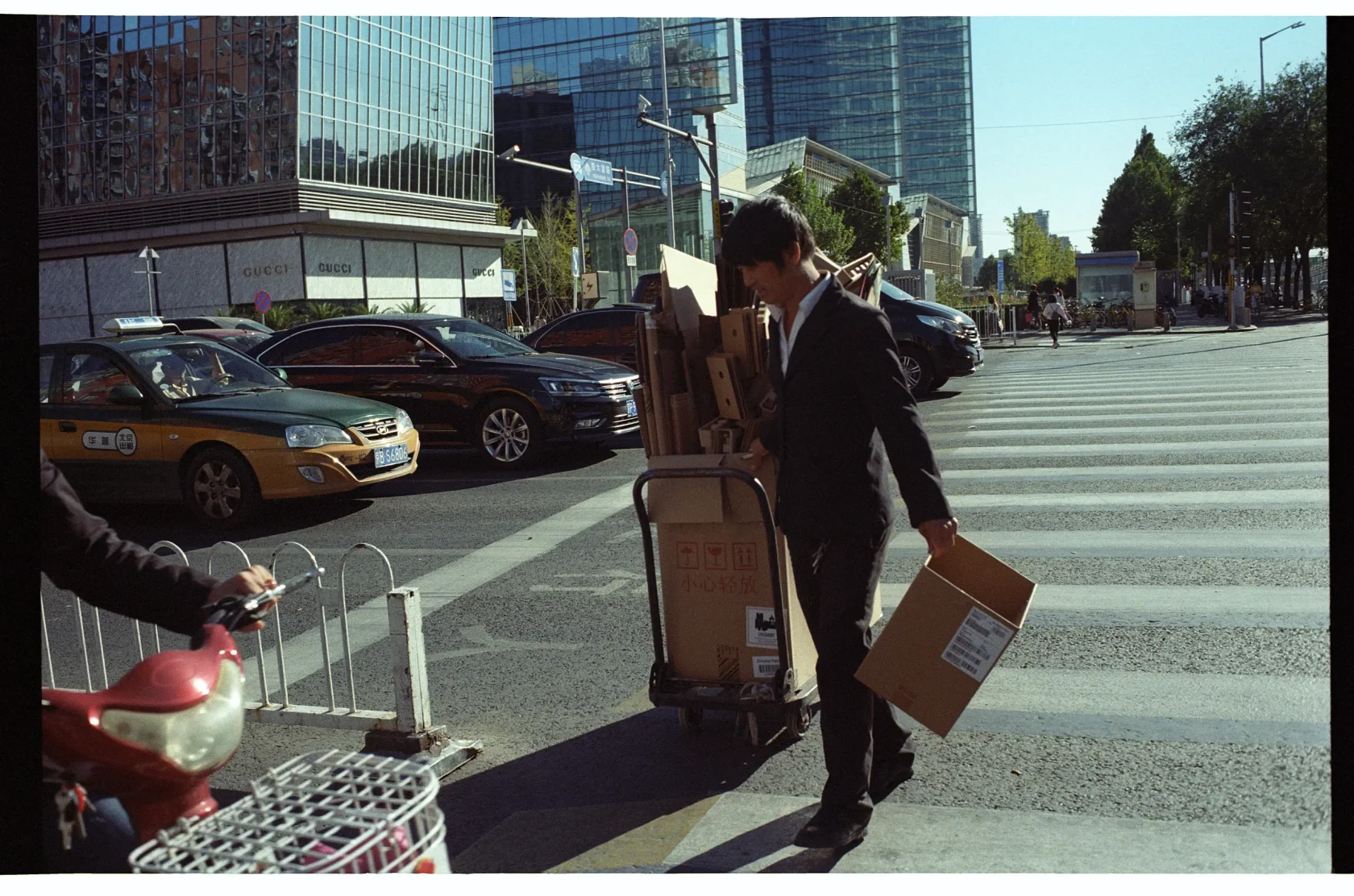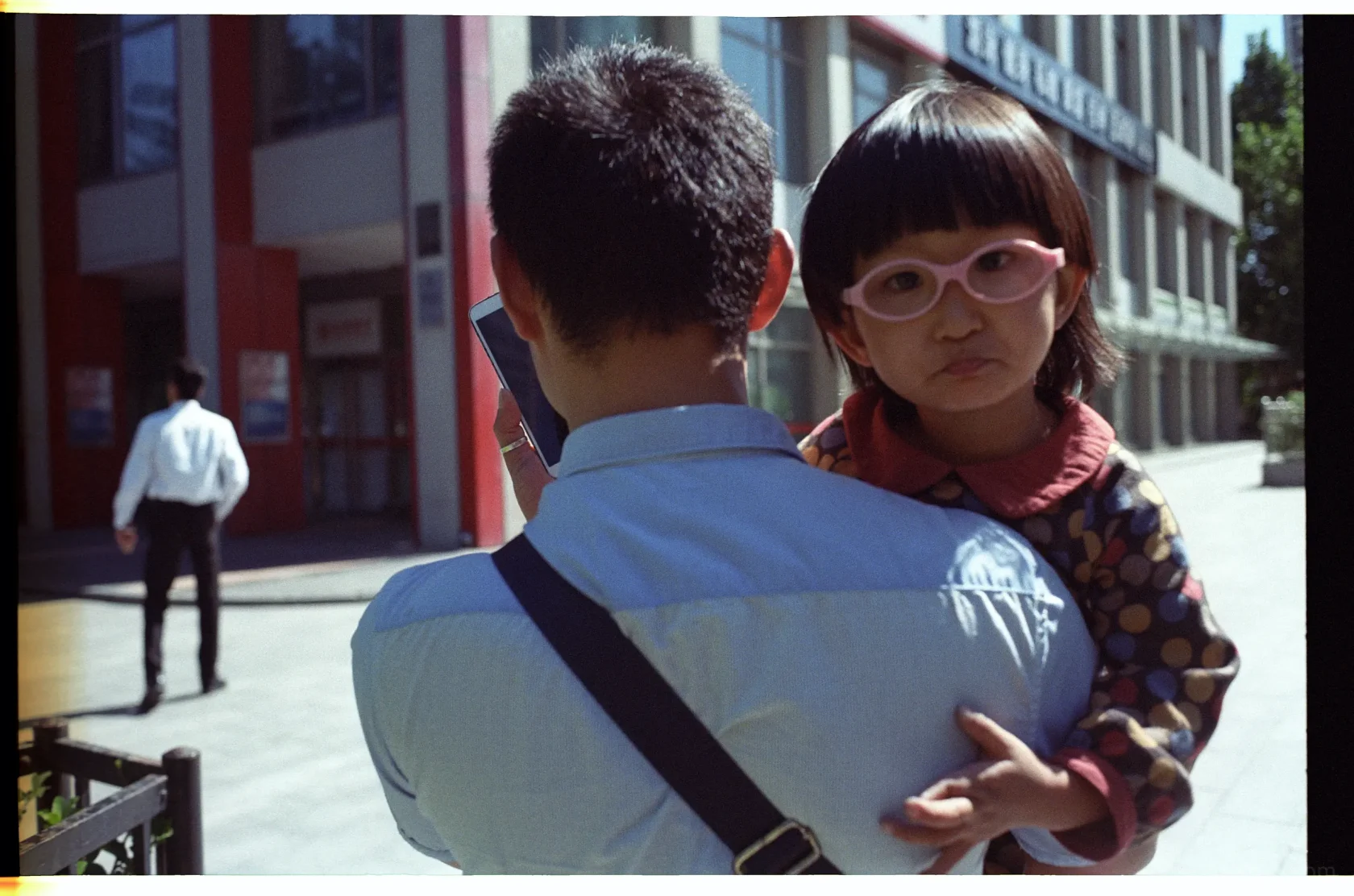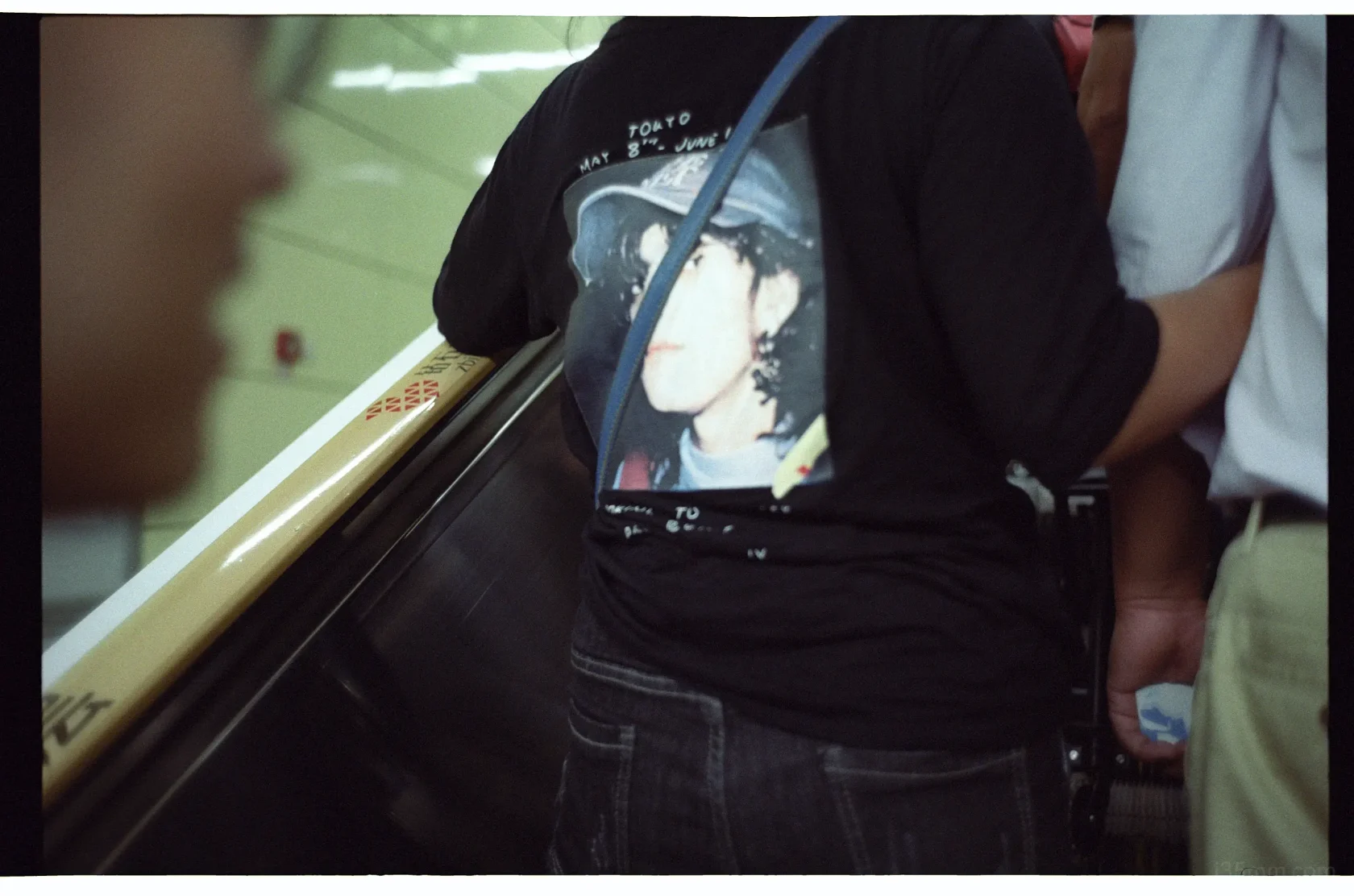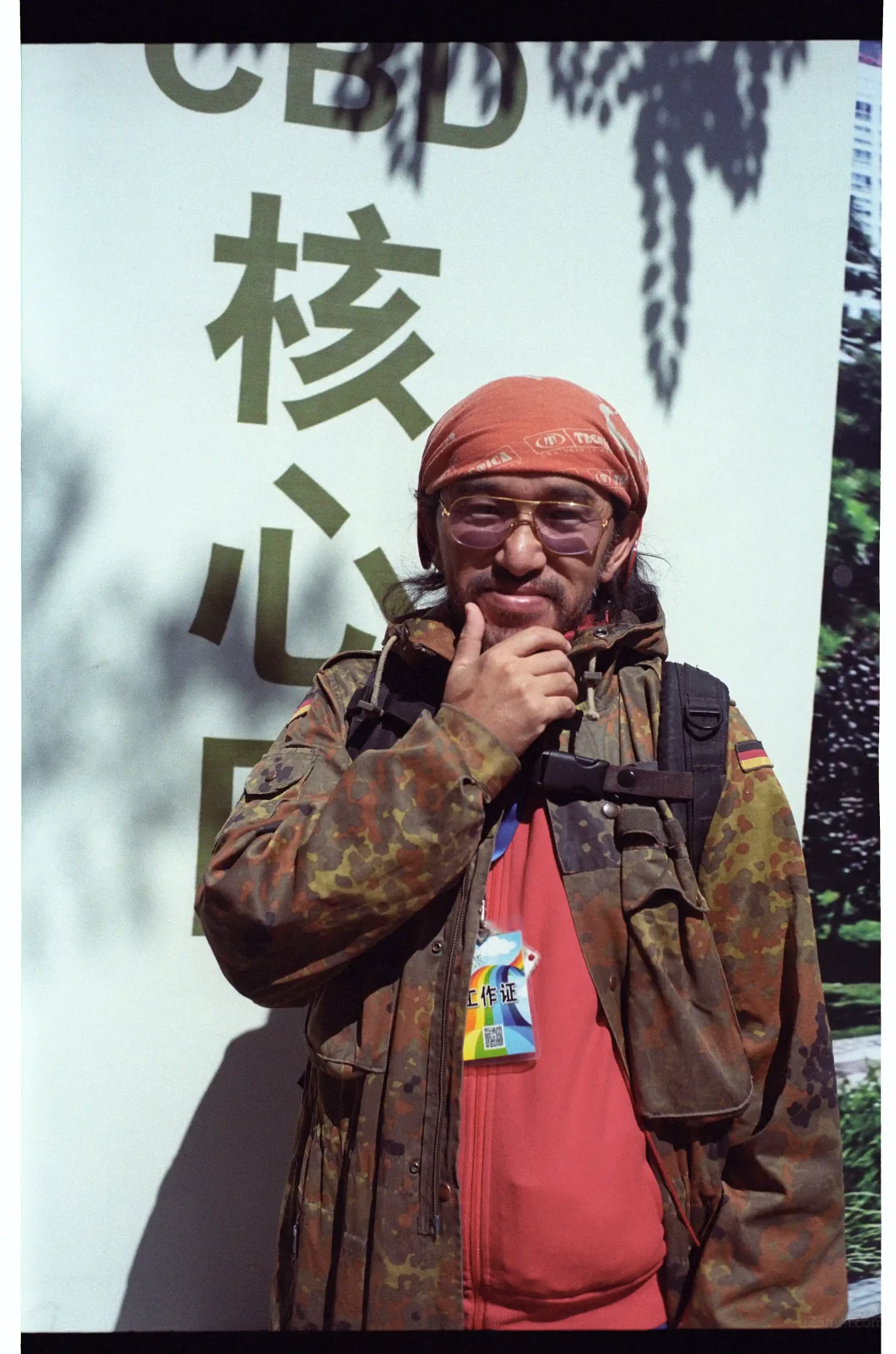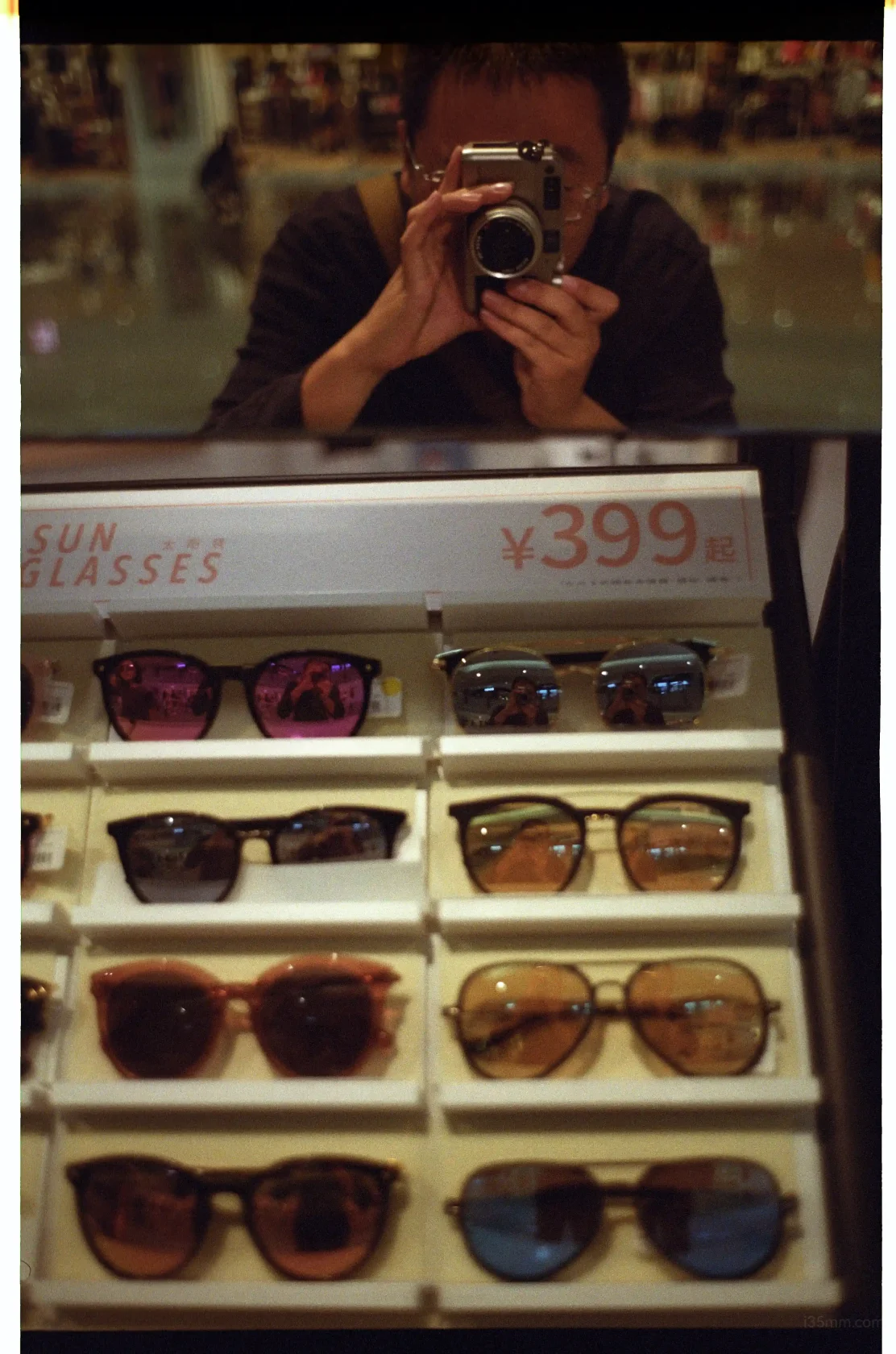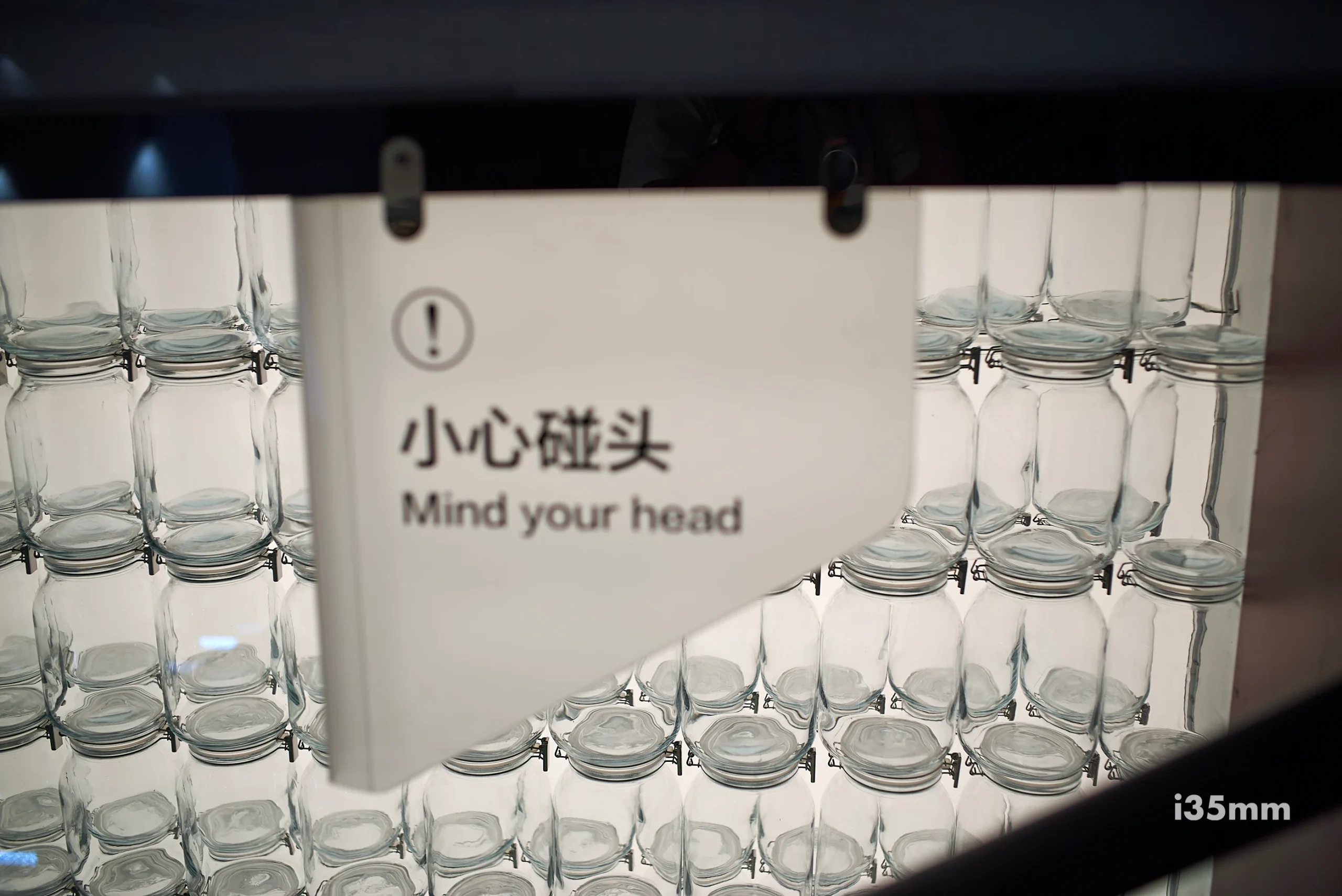
1. Introduction: When “Too Sharp” Is a Real Problem
Let’s get real: most lenses are like overachieving students—they try too hard to be perfect. The Voigtländer 35mm f/1.2 ASPH II? It’s the cool art teacher of the lens world. It doesn’t care about your pixel-peeping obsessions. It just wants to make beautiful images and maybe smoke a cigarette behind the gym.
I bought this lens for pocket change (well, $350-ish) after it plummeted from its $1099 throne. Why? Because I’m a bargain hunter with a taste for forbidden optical fruit.

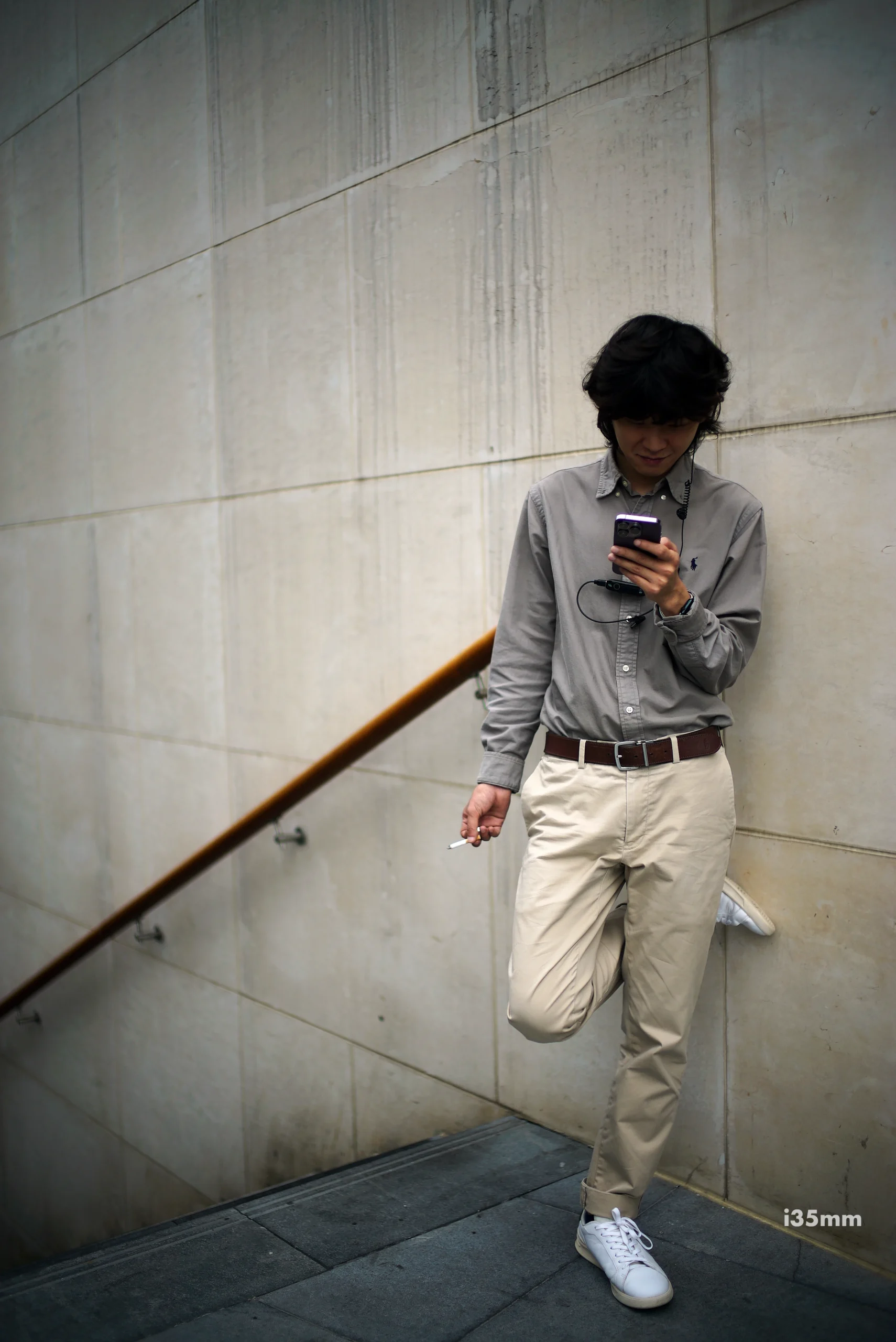
2. The F/1.2 Revelation: “Sharpness Is a Social Construct”
Here’s the scandal: This lens is too sharp at f/2. I mean, Nikon-level sharp. The kind of sharp that makes your pores look like craters on the moon. So what did I do? I opened it up to f/1.2 like a rebel without a cause.
The magic happens at f/1.2:
- Sharpness: Not “cutting”—more like “gentle caress.”
- Bokeh: Creamier than a latte in a Parisian café.
- Vibes: Chef’s kiss.
Fun Fact: The designer probably high-fived a ghost when I wrote this.
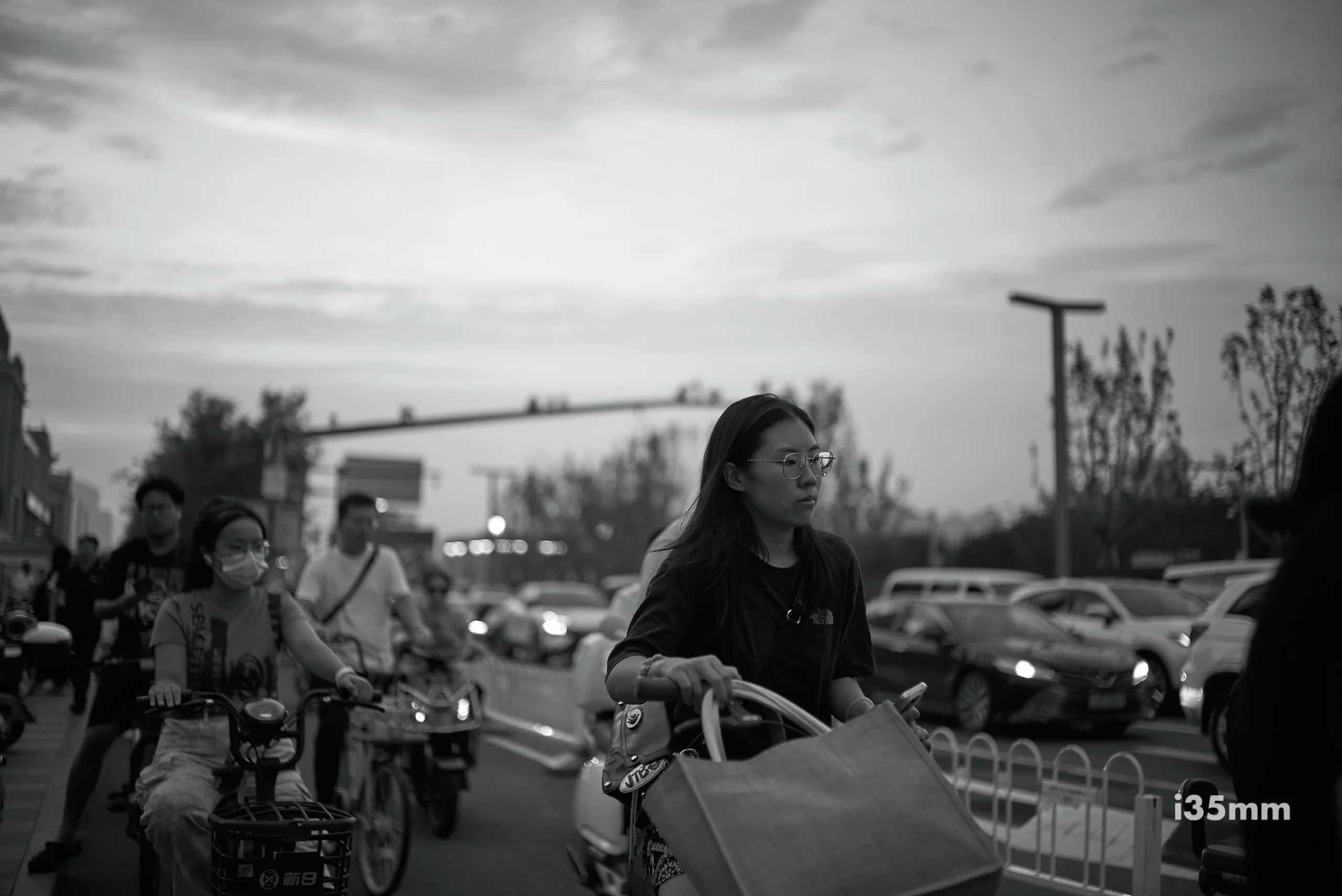
3. Why F/1.2 on 35mm Is Bonkers (In a Good Way)
35mm lenses aren’t supposed to be this fast. It’s like putting a jet engine on a bicycle—thrilling, slightly unnecessary, but oh-so-fun.
- Historical Context: Leica took decades to get to f/1.4. Voigtländer said, “Hold my beer” and dropped the world’s first 35mm f/1.2 in 2003.
- Practicality: At f/1.2, you can shoot in a cave with a flickering candle and still get usable shots.
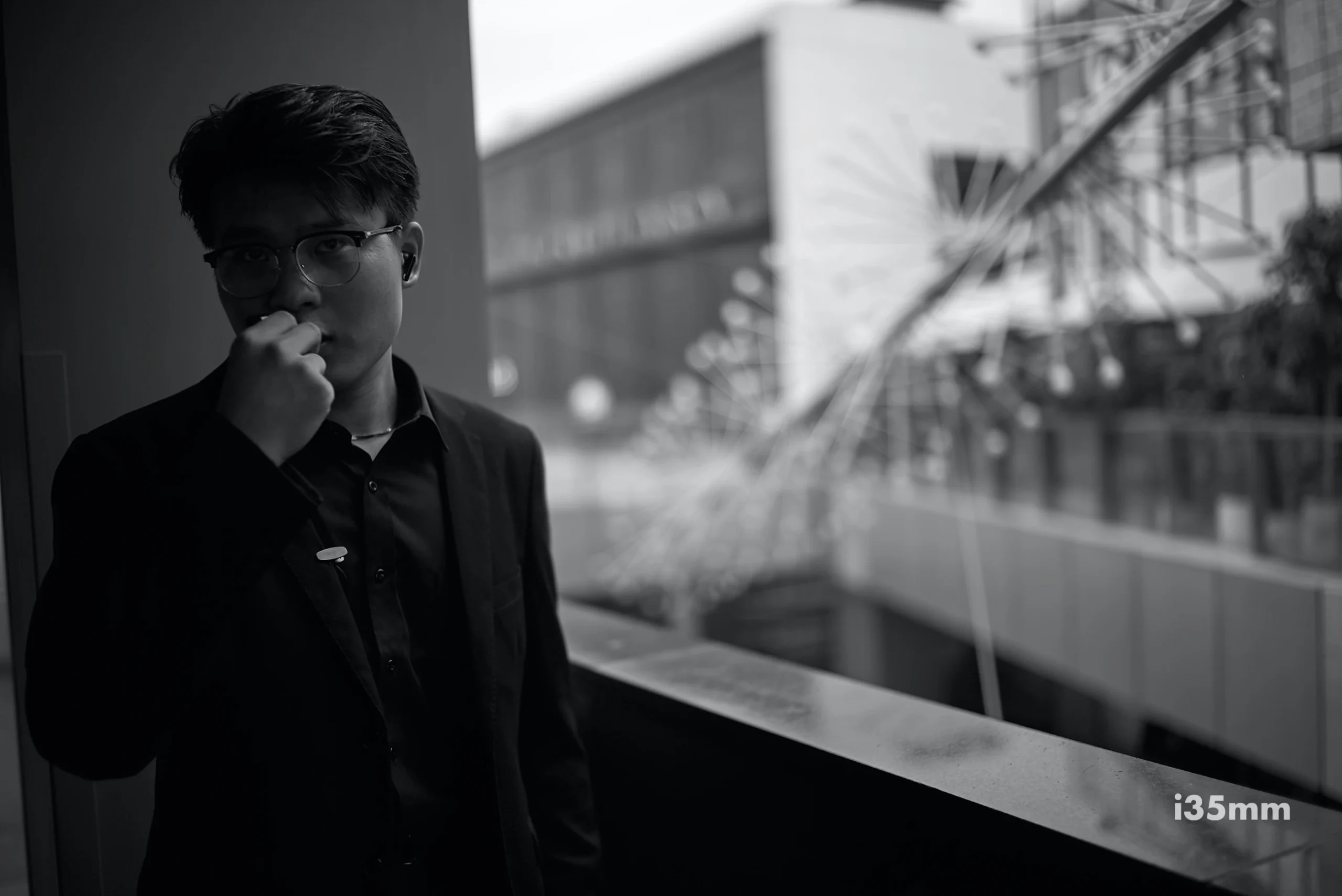
4. The “ASPHerical” Truth
Leica’s ASPH lenses are like Swiss watches—precise, consistent, boring. Voigtländer’s ASPH? It’s a punk rock Swiss watch.
- Consistency: Same character at every aperture. No surprise personality disorders.
- Modernity: Sharp where it counts, smooth where it matters.
5. The Price Plunge: A Tragedy in Three Acts
Thank you, impatient photographers. Your loss is my gain.
| Information | 1st Generation | 2nd Generation | 3rd Generation |
|---|---|---|---|
| Release Year | 2003 | 2011 | 2020 |
| Initial Release Price | Approximately $899 – $999 | Approximately $999 – $1,099 | Approximately $1,250 |
| Current Price (2025) | Used: $400 – $600 | Used: $400 – $600 | Used: $600 – $800 |

6. Leica Comparison: The Elephant in the Room
- Strengths:
- 90% of the Leica Summilux vibe for 20% of the price.
- Focus throw smoother than a jazz solo.
- Weaknesses:
- Low-light shadow details? Leica still wins.
- Bragging rights? Sorry, it’s not red-dot certified.
Verdict: If Leica is a tailored suit, Voigtländer is a perfectly broken-in leather jacket.
7. The “Sony A7s” Love Affair
This lens was made for Sony mirrorless. It’s chunky on a Leica but feels right at home on an A7s.
- No vignetting: Unlike some drama queen lenses.
- Colors: Cold, clinical, and utterly gorgeous.
- 1200MP Resolution: More than enough for anyone not printing billboards.

8. Voigtländer’s Identity Crisis (It’s a Good Thing)
Voigtländer isn’t trying to be Leica. It’s trying to be Voigtländer—the brand that gave us:
- The first roll-film camera (1840).
- The first f/3.6 lens (1866).
- The first 35mm f/1.2 (2003).
Lesson: Innovation > imitation.
9. Final Verdict: The People’s Champion
The Voigtländer 35mm f/1.2 ASPH II is for:
- Street photographers who value character over clinical perfection.
- Bargain hunters who love underdogs.
- Artists who think f/1.2 is a mood, not just an aperture.
Rating: 5/5 stars (minus 0 for anything, because it’s perfect).
Now go shoot wide open. Your pixels will thank you. 📸✨


